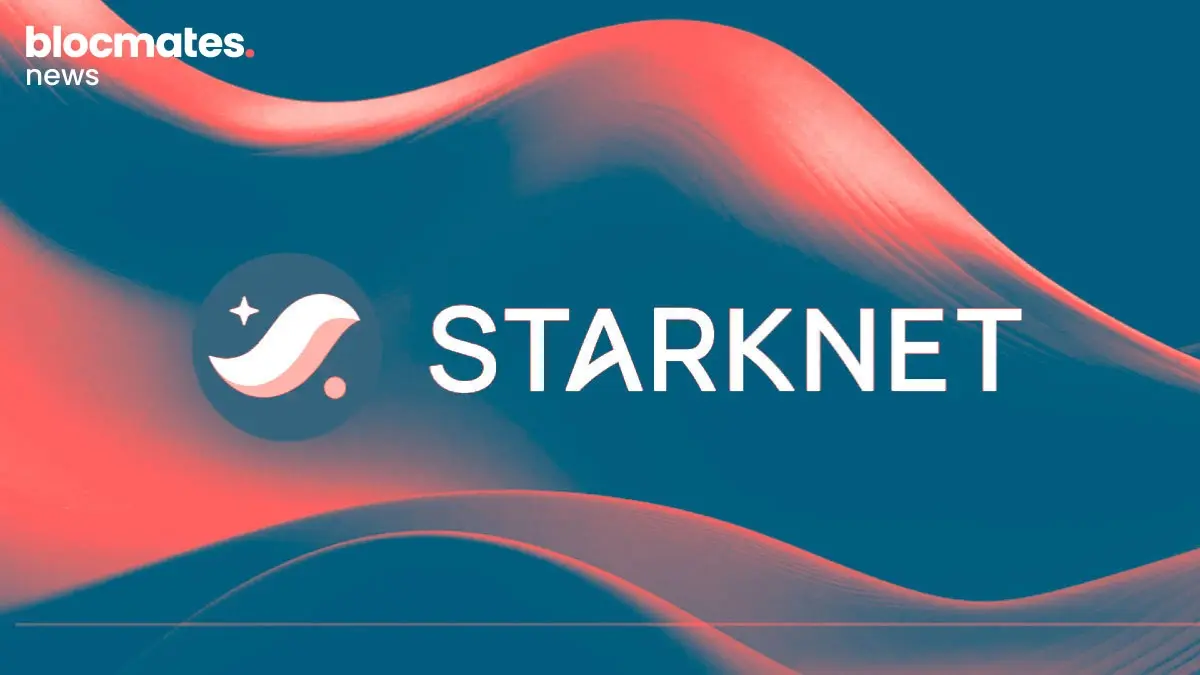Any DeFi bulls left?
Honestly, I can’t blame those of you who lost faith in DeFi. What started as a sector of promising innovation for a truly internet-native form of finance quickly turned into a grift fest where everyone, from developers to influencers to VCs, lined their pockets through predatory practices.
Now, we operate in a Mad Max-style environment where most people have lost faith in the “tech” side and are simply all-in on the random memecoin of the day, hoping that it’s the next doge, pepe, or wif.
It’s okay to indulge in a little memecoin trading since we’re all a little degenerate after all, but it’s important to keep reminding yourself that the fundamental idea behind DeFi is powerful.

Money runs the world, and every financial transaction running through a handful of institutions controlling your money is simply not ideal.
Crypto power users know how inherently inefficient Trad-Fi is compared to crypto. Sending money abroad easily, not having to deal with calls from the bank, quick transactions, and no concept of bank holidays—it simply makes sense.
In a digital world where everything on the internet is so fast, we need a truly internet-native form of money, which is DeFi's underlying promise.
So, if we look past the rugs and the scams of previous years, what are the next steps we need to take to make DeFi a reality?
Well, let me make a short list for you:
- Significantly better developer and user experience
- Truly scalable and decentralized blockchains
- Safer and easier to use hot wallets
Keeping this in mind, let me introduce you to the protocol on today’s agenda: Radix.
Radix is creating a DeFi-focused L1 specifically designed to solve the aforementioned problems and truly make DeFi great again.
So, without further ado, let’s get straight into this article. It’s going to be a good one.
Radix: An overview

Some of you blocmates loyalists may know that we actually covered Radix in great detail a couple of years back.
Although the article is a great primer on Radix, it’s a little outdated. So let’s look at the new-look Radix.
As I mentioned earlier, Radix is a layer 1 chain that puts key emphasis on breaking down the barriers of the walled garden that is DeFi.
The product offering and technological development are vast, and we will go over every single element, but just to begin, we will go over the four key pillars of Radix:
- Asset-oriented smart contracts
- Reusable “blueprints” on-network that act like DeFi legos
- Self-incentivising developer ecosystem
- Dapp scalability
Asset-oriented smart contracts
Since Bitcoin, smart contracts have easily been the greatest innovation in the crypto space.
Smart contracts started with solidity on Ethereum but have since taken on a life of their own, with different chains adapting their own programming languages and underlying functionalities to try to improve the technology.
Despite close to 9 years of innovation in this area, smart contracts are still far from where they need to be to create high-quality Dapps.
You may have heard the saying, “In crypto, there are only two types of protocols: ones that have been exploited and ones that are going to be exploited.”
When researching a new protocol, the risk of a bug, hack, or exploit is always non-zero.
For DeFi to be adopted, this is the first thing that must change. Nobody other than us mentally ill degens is willing to play a game of crash with their money, not knowing if the next app they connect to will result in them losing everything.
To combat this, Radix has built the Radix Engine.
The initial rendition of the engine, or V1, was designed to ensure that the creation and use of assets (NFTs or tokens) was made significantly easier.
On the EVM, for example, many developer errors stem from the token creation and usage aspect of smart contracts.
Just to give you an idea of how complicated things can get, here’s a diagram giving a simplified version of how the smart contract calls for a simple Uniswap transaction.

As you can tell, the simplified example is pretty complex. There are lots of messages and data moving around, lots of smart contract instances with balance lists, and each smart contract stores your public key.
Basically, there is a lot of room for minor errors to go unnoticed and eventually exploited.
With the initial rendition of the Radix Engine, the team have integrated tokens at the platform level rather than at the smart contract level.
So, if you want to create a token, you do not need to make multiple smart contracts; rather, simply request it from the platform with defined parameters, and your token/asset will be created just like that.
This model's underlying technology is finite state machines (FSMs). The important takeaway is that it establishes a system for enforcing how assets should behave.
For example, all assets are expected to be held in vaults and these vaults are within accounts. So, the system essentially ensures that each asset is always in a vault somewhere.
The first improvement with a system like this is that things like double-accounting and reentrancy attacks are simply not possible, but secondly, it significantly reduces the complexity of building applications for developers.
After perfecting the asset creation tool, the Radix Engine was further improved by introducing programmability.
This is the smart contract functionality element of the Radix Engine.
They’ve built out a simplified asset creation tool that already removes many potential attack vectors. Now, they build on top of that by allowing a level of advanced programmability to actually create DeFi applications.
The Radix Engine uses a programming language called Scrypto, which is based on Rust. This language perfectly complements the asset-oriented approach to smart contracts.
It’s important to note that the smart contracts in Radix are referred to as components simply due to how much they differ from traditional smart contracts.
I won’t bore you with all the technical nitty-gritty, but the general flow is this: Components start as blueprints. Blueprints are essentially where Scrypto is used, and the logic for the components are defined.
Once a component has been installed from a blueprint, it is live and active on the network.
In general, creating and defining logic with the Radix Engine is significantly easier than any other smart contract execution environment out there because a lot of the complexities are removed at the platform level.
No excess message and data flow, no need for multiple contracts for simple functions, and no need for complex code for simple asset creation. Complexity is the enemy of security. Radix is here to simplify things.
Blueprints: On-network DeFi Legos
Continuing on from this new asset-oriented smart contract environment is how it enables superior on-network modularity for different functions.
What the hell does that mean? Well, let me break it down.
With DeFi, there’s a certain set of functionalities that are fairly common amongst most Dapps. Things like assets, swaps, liquidity pools, oracles, purchases, and so on.
With something like the EVM, there are typically package managers that help other developers use/leverage pre-existing tools that are tried and tested.
So, say you’re a developer who likes what another protocol has done and wants to implement that part of its functionality into your protocol. You can use libraries or package managers to import the raw code and implement it into your product.
This is a good start, but Radix wants to take it a step further.
This is done through Scrypto and the blueprints we spoke about earlier.
The general idea is to have open-source collaboration and package manager-like functionalities built directly into the network itself.
If you remember, we spoke about how a developer must code with Scrypto into the blueprints, and eventually, these blueprints turn into components live on mainnet.
On top of these blueprints, Radix has built the Blueprints Catalog.
The Blueprints Catalog can be thought of as a registry for code. Every time a developer creates a blueprint and calls the function to convert it into a component, it is instantly added to this Catalog.
Now, a second developer can see that a certain lending protocol on Radix seems to be doing really well. That developer wants to implement the lending functions into their protocol. To do so, they simply need to go to the catalog, and they’ll get very quick access to that specific blueprint.
Within mere seconds, they can include that functionality in their protocol.
This is just a very simple example. Think about how intricate DeFi products are becoming nowadays. Imagine how much quicker and easier the developer's job will be by accessing a common registry of everything built on the Radix network.
With this, Radix has achieved high composability and modularity with app functions across the chain’s ecosystem.
It’s important to note that while Blueprints are live, the Blueprint Catalog is not currently live but will be live at some point soon.
Self-incentivising developer ecosystem
Speaking of making the developers' lives easier, it’s not sufficient that better tools and a superior developer UX are built. You need a little more.
Everyone needs to make a little bit of cash money at the end of the day.
With a backbone as strong as Scrypto, The Radix Engine, and Blueprints Catalog, there needs to be a way to maximize how many developers use this infrastructure.
The answer is simple. A developer royalty system.
As we mentioned, the Blueprints Catalog can create some form of modularity in terms of different functionalities on the network. But if I’m a developer who made a successful blueprint that’s widely used, I would like to be rewarded for it.

On Radix, developers can now get rewarded for their work through two forms of royalties:
- Component use
- Package royalty
A developer can include these two types of royalties in the contract itself when making a blueprint.
With component use, let’s say another protocol uses your blueprint as a developer. You can add a component royalty, where a small fee will be added to the user's transaction fee.
So, the more usage your blueprint gets as a component, the more you will earn through royalties.
The second way is package royalty, in which developers get rewarded for their blueprint use. Suppose many other developers like your blueprint, you can include a royalty: every time another developer uses your blueprint from the catalog, a small royalty is directed toward you.
At the end of the day, it’s simple. If you create a good and useful tool that is demanded by people, you will be rewarded for it through royalties rather than your work being proliferated across the ecosystem for free.
Note that royalties will always be charged in XRD, but when setting a royalty, developers have the option to put an “approximate USD value.” Hence, the system automatically adjusts the XRD to be collected based on the current price.
Dapp Scalability
Last but definitely not least, we have Dapp scalability.
We have various forms of crypto infrastructure, but we have yet to see one truly on-chain crypto application work at scale.
By scale, I mean global scale.
The first step to achieve this is the consensus mechanism.
Radix uses a consensus mechanism called Cerberus. I know, sounds cool and mysterious, right?
Cerberus is a relatively complex mechanism, but allow me to do my best to simplify it.
The backbone of this consensus mechanism is a concept called pre-sharding.
All you ETH geeks and Vitalik blog lovers may already be pretty familiar with the concept of sharding, but for those who aren’t, it’s essentially the process of splitting (or sharding) a blockchain into many different pieces.
Each section of this sharded chain handles its own nodes and transactions, making the overall chain more scalable.
With Radix, rather than building a monolithic chain and adding sharding, they pre-shard it.
This means that the ledger is split from the start. This approach achieves a couple of things for Radix in terms of scalability, the main one being parallelism.
For those of you who don’t know, parallelism is just a fancy way of saying that multiple transactions can be processed simultaneously on the chain without one transaction slowing the other down.
Combined with this parallelism is the ability to achieve composability between shards through ‘braiding.’ I’ll give you a simplified rundown of this process, but if you would like a more technical explanation, you can get it here.
Traditionally, blockchains maintain a global timeline where all transactions are placed on the same timeline across all nodes. Even sharded chains may have a couple of different timelines for each shard but always have one overarching global timeline.
With Radix, within the transaction, it can be specified which shards in the chain are specifically relevant. Knowing this, the braiding mechanism comes into play.
Each shard will have this built-in and it reduces the time lag of signed commitments and only braids together the relevant shards for that specific transaction. So, maintaining a global timeline order is no longer necessary.
With this transactions are executed quicker, and multiple transactions can be executed in parallel, which makes the chain very scalable.
This high-throughput infrastructure as the background then allows the application layer to shine.
Since asset creation is handled at the platform level, building complex DeFi applications becomes much easier.
When you add the blueprint and component systems, you can see that Radix operates more as an intent-based system, where users express intent, and the contracts execute it.
Things like this can only be achieved and executed in a high-throughput environment like Cerberus.
So when you combine all the infrastructure elements together, it looks like Radix arguably has the best foundation for truly global and scalable Dapps to be created.
But wait, that’s not all.
What’s new with Radix?
Described above is simply the backbone of Radix. They have a bunch of new elements that have recently been introduced that take Radix to the next level.
RadQuest

There’s no point in having such a good product suite if there is no easy way to onboard the users.
RadQuest achieves exactly that.
In short, it’s gamified onboarding experiences where Jetty, the Radix mascot, takes a user through a ‘learning by doing’ journey across the Radix ecosystem.
Users will get introduced to all the tools, features, and products, ranging from something as simple as setting up a wallet all the way to staking tokens and making swaps on the network.
Users who go through this journey will also earn rewards along the way. There are four main categories of rewards:
- Gift boxes - Each gift box contains a Morph Energy Card (NFT) and a random quantity of Elements (tokens).
- Elements - Once a user collects five elements, they can fuse them and create a RadGem. There are three types of RadGem. Crystalline (common), Metallic (rare), and Radiant (ultra-rare). Each will have a quality score ranging from 1-25.
- Morph Energy Cards - These determine the final shape of the RadMorph.
- RadMorph - two RadGems and one Morph Energy Card can be combined to create a RadMorph. Each will have a quality rating of up to 100.
To get started on your own RadQuest, click here.
Radix Connect
Sticking on the theme of user onboarding. We have Radix Connect.
Crypto as an industry is not renowned for its mobile applications. Primarily due to security reasons, most crypto users interact exclusively on desktops.
However, the reality is that almost every person in the world has a mobile device at this point. So, having a mobile experience is essential to maximize the reach of these applications.
With Radix Connect, it is trivially easy to connect your Radix Wallet on your desktop and link to the Radix mobile app wallet or connect a dapp running in your native mobile web browser to the wallet app securely.. All it takes is a scan of a QR code.
On desktop, a simple Chrome extension and QR code create a one-time link that handles all communication peer-to-peer.
Your desktop wallet and mobile wallets are linked, and you can now participate in all the different DeFi activities on Radix from your fingertips.
Don’t worry; they’ve taken all the necessary precautions to ensure that your funds and data will always remain safe, so if using crypto on mobile is your thing, click here to get set up with the Radix mobile wallet.
Radix Foundry
Okay, so now you know how they get the users onboard, but what about ensuring that there’s a top-notch protocol ecosystem for these users?
That’s where the Radix Foundry comes in.
The Radix Foundry will be an incubation hub where protocols will receive help from the Radix team itself in the form of marketing, business, technical support, as well as funding.
So even though anybody can make their own protocol, you know for a fact that there will be a big chunk of high-quality protocols thanks to the Radix Foundry.
There will be seven key sectors that Radix Foundry will be focusing on to incubate projects:
- Lending and borrowing
- Real-world assets (RWAs)
- Yield derivatives
- NFT trading
- Launchpads
- Stablecoins and CDPs
- Liquid staking and restaking
So, if you’re a founder looking for some help and maybe have a chance at $250K in funding, you can click the link here and get set up with the Radix Foundry.
How to buy the XRD token and more
Tokenomics
Now, let's get to the juicy bit: the XRD token.
The XRD token is at the heart of Radix and serves two key purposes:
- Transaction fees
- Staking
As most of you may know, when you use a chain, you must pay gas fees in that network's native token. The same applies to Radix, where users pay in XRD.
What’s important to note is that 50% of the base fee collected from transactions is completely burnt out of the supply.
In terms of staking, those who stake their XRD can participate in the network's delegated proof-of-stake system, where you can delegate your stake to a validator and earn a certain yield for doing so.
Here is where a liquid staking element gets introduced.
Those who stake their XRD with the network get an LSU (liquid staking unit) token, representing their share of the underlying XRD-staked pool.
The LSU token is liquid and transferable, which means that while your XRD is earning yield, you can use this LSU in Radix DeFi.
The supply dynamics look like this:
- Maximum supply - 24 billion after 40 years
- Current total supply - 12 billion + network emissions to date
- Current circulating supply - 9.6 billion + network emissions to date
Simple and straightforward, as it should be.
Where and how to buy the XRD token
There are two ways to buy XRD: through a centralized exchange (CEX) or a decentralized exchange (DEX).
The XRD token is currently available on a bunch of popular CEXs such as:
- Bitfinex
- Gate.io
- Kucoin
- MEXC
- Bitget
If you have an account on any of these CEXs, you can buy your desired amount by navigating to the spot market, which is available in the top panel of your screen. Input the XRD ticker.
As the Radix ecosystem grows, you can expect the XRD token to be listed on many more CEXs.
If you’re a fully on-chain guy like myself, you can simply use a DEX.
On the Ethereum network, open up Uniswap and input the following contract address in the bottom token panel: 0x6468e79A80C0eaB0F9A2B574c8d5bC374Af59414.
When you do this, you should be able to buy the eXRD token with USDC. Don’t worry, eXRD is simply a wrapped version of XRD that makes it easy to trade it on the Ethereum network.
Once you’ve bought your eXRD you can use Instabridge to transfer your token to the Radix network. The bridge converts all eXRD to XRD at a 1:1 ratio.
Voila, you are now a proud owner of the XRD token.
Concluding thoughts
Phew! That was a long one.
Well, I know new layer 1s may be getting old for most of you, but if you think about it, we still have to see something hit escape velocity in terms of garnering a broader user base.
Radix has taken a unique, full product suite approach to maximize its reach.
Learning from the shortcomings of their predecessors, Radix is coming with a very strong product and one that is worth paying attention to. We all know how beneficial being early to a potentially big new ecosystem can be.
That said, we’ve given you all the information and tools; now, it’s up to you to use them and stay ahead of the curve.







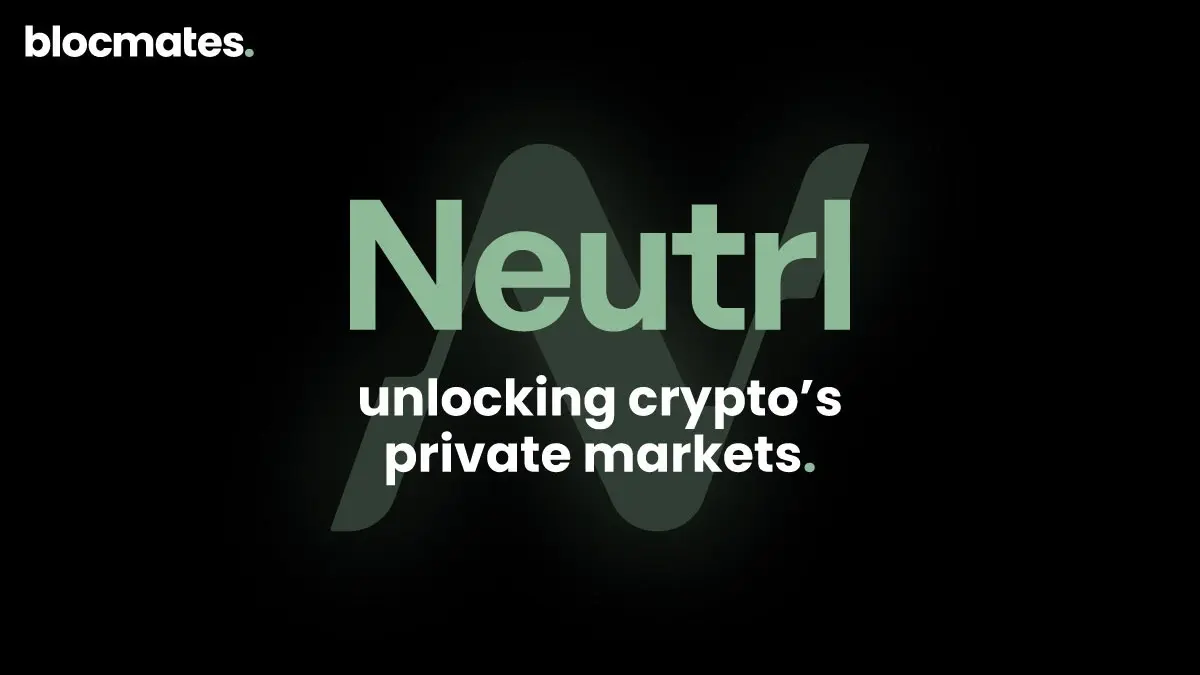



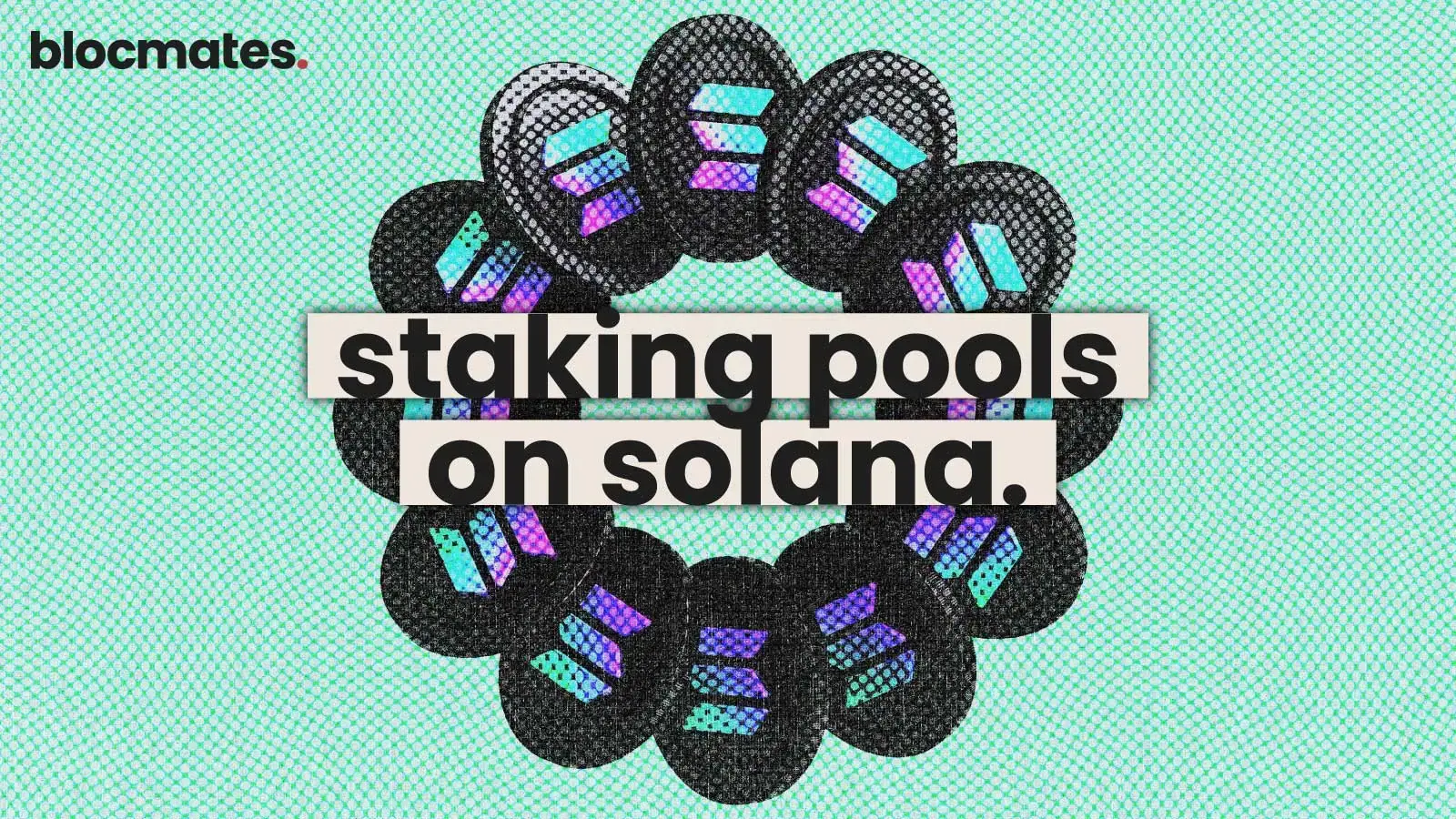


.webp)

.webp)
.webp)

%20(1).webp)
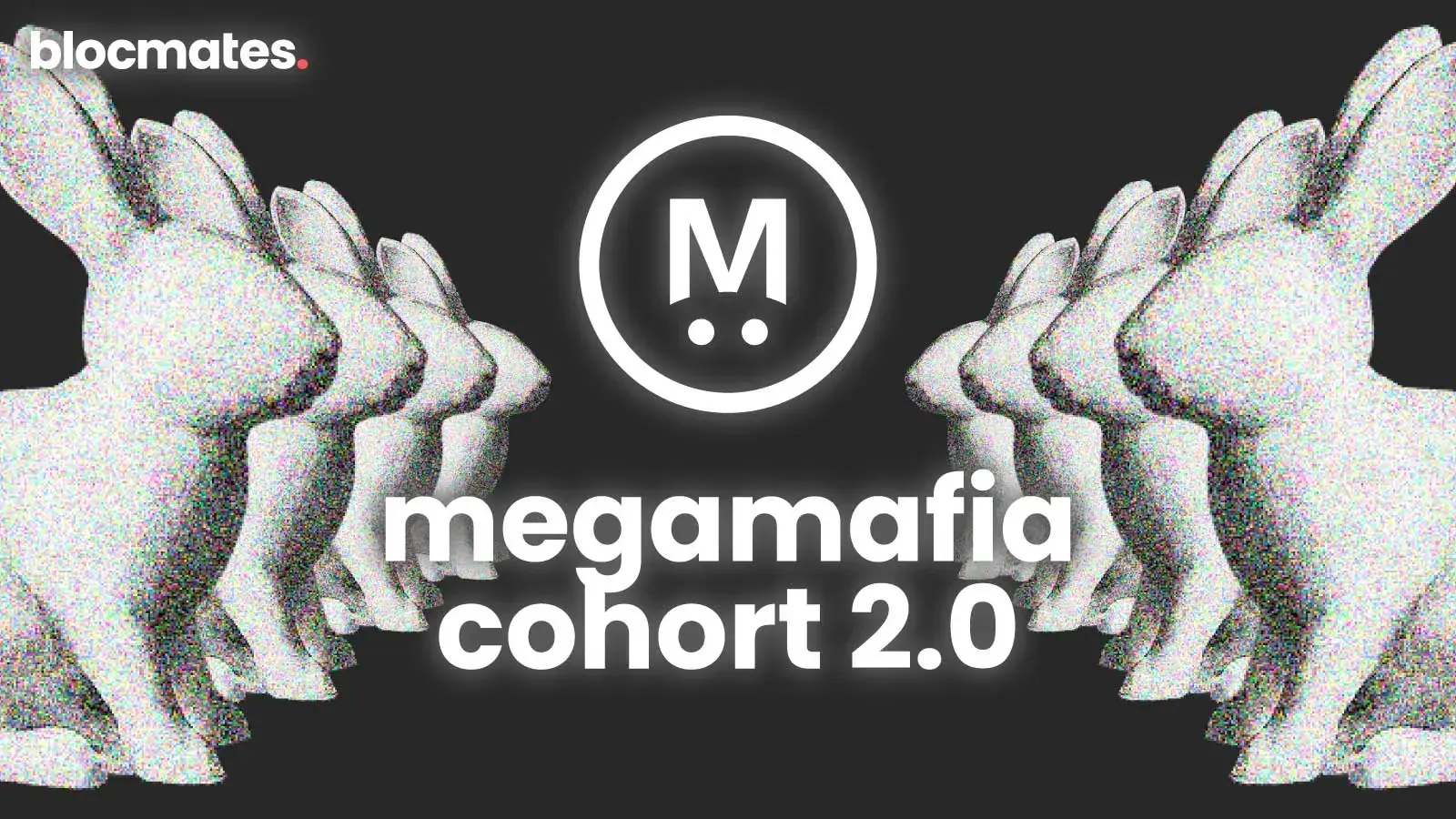
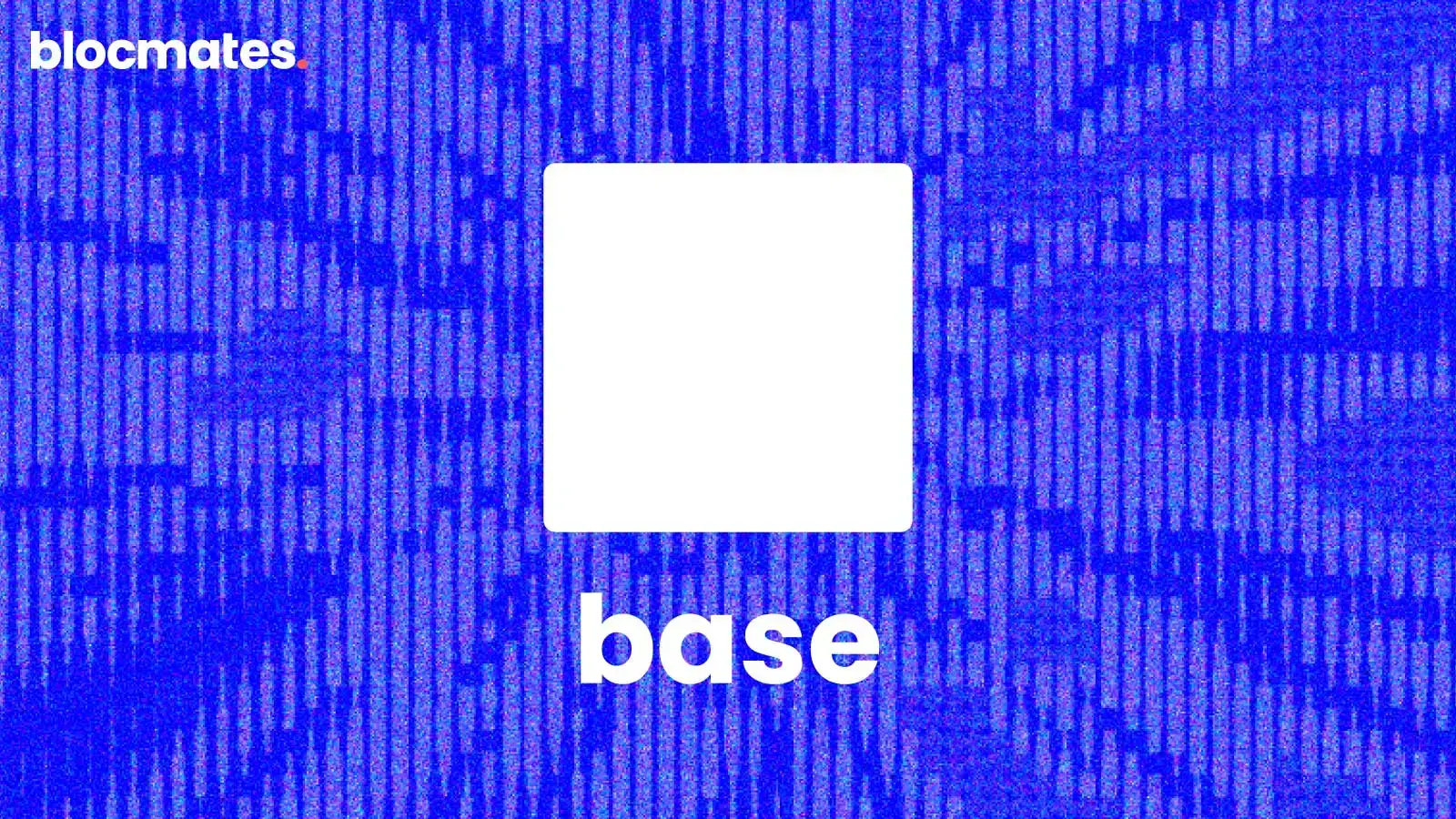
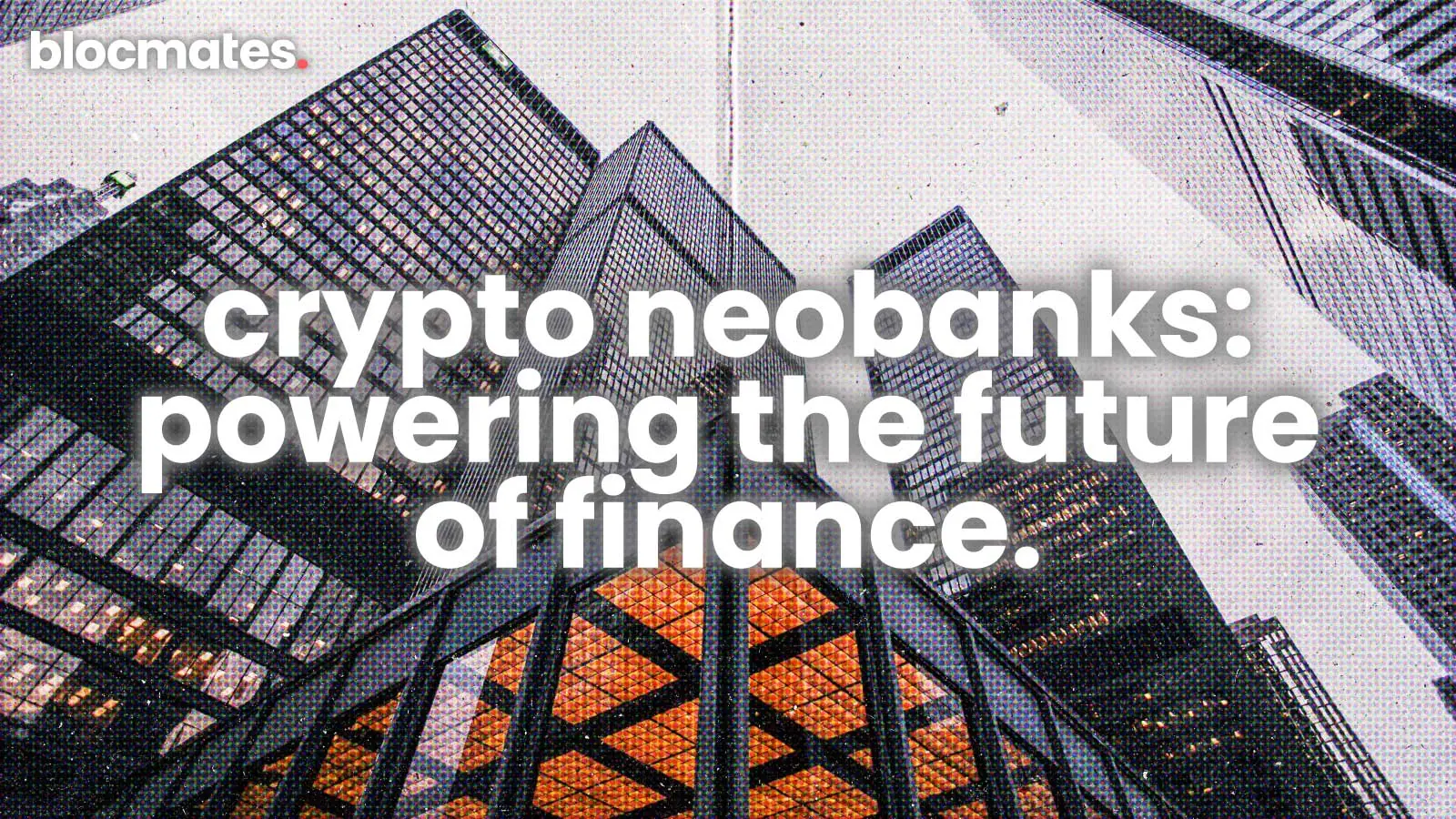


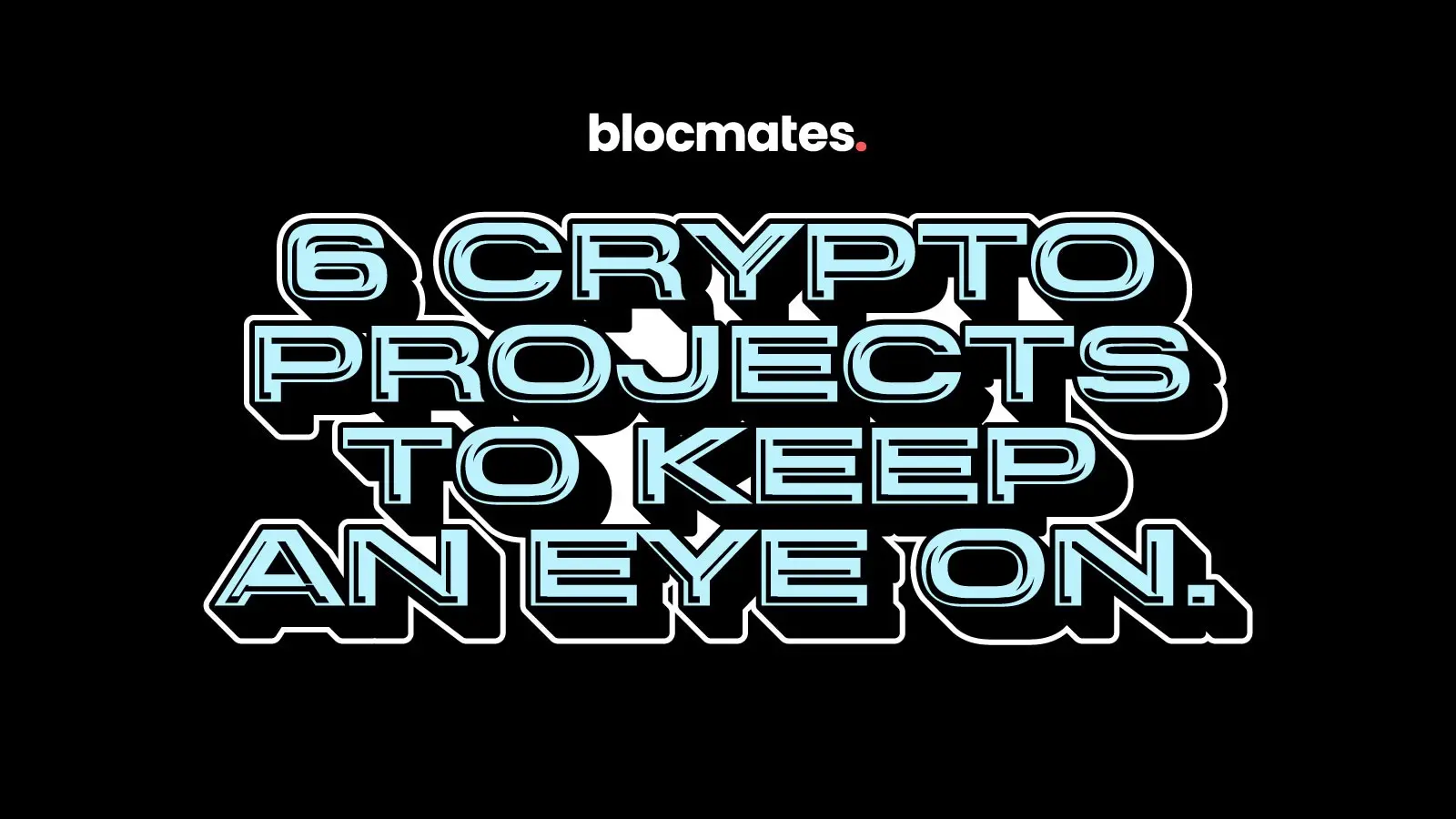
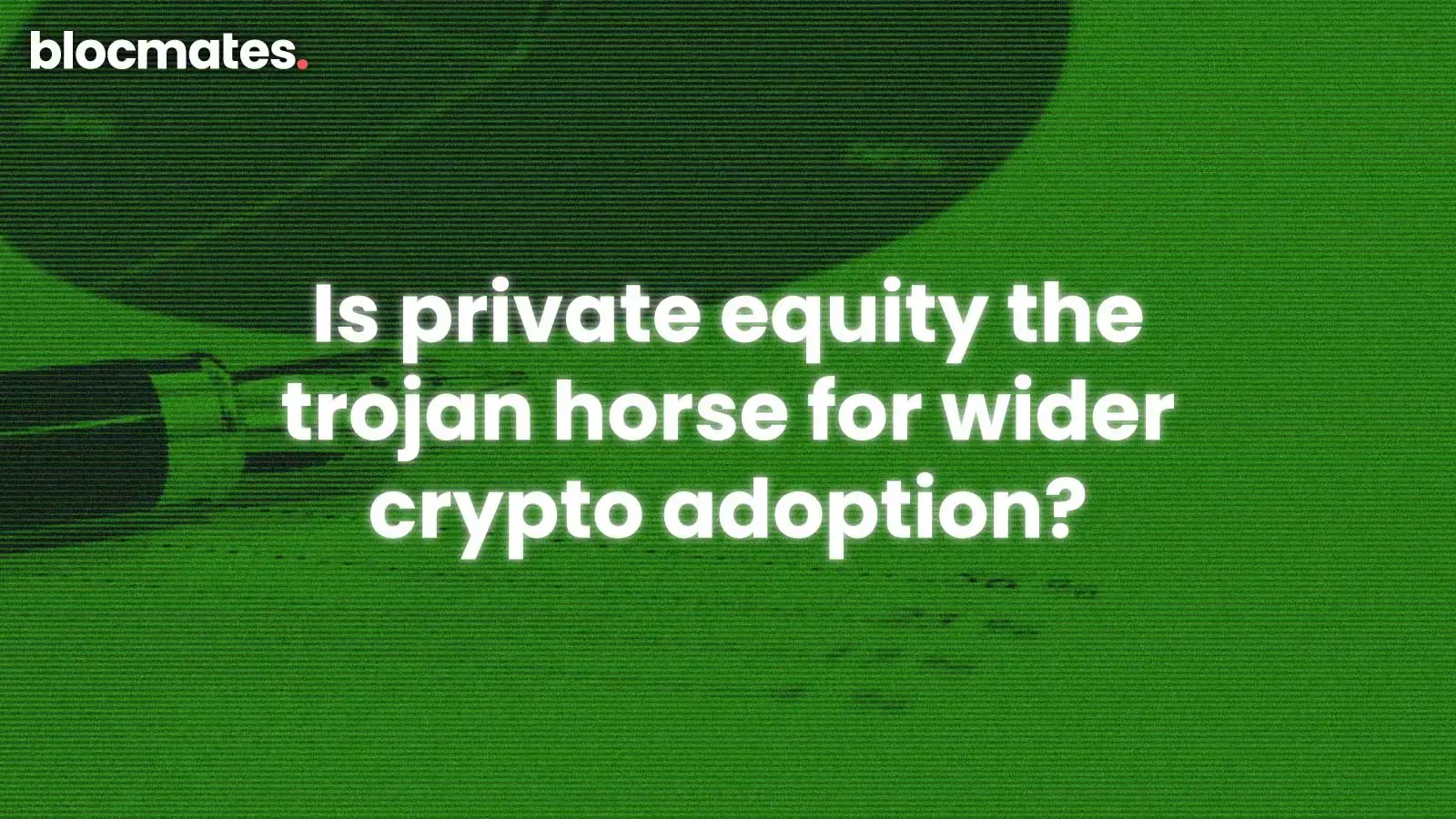
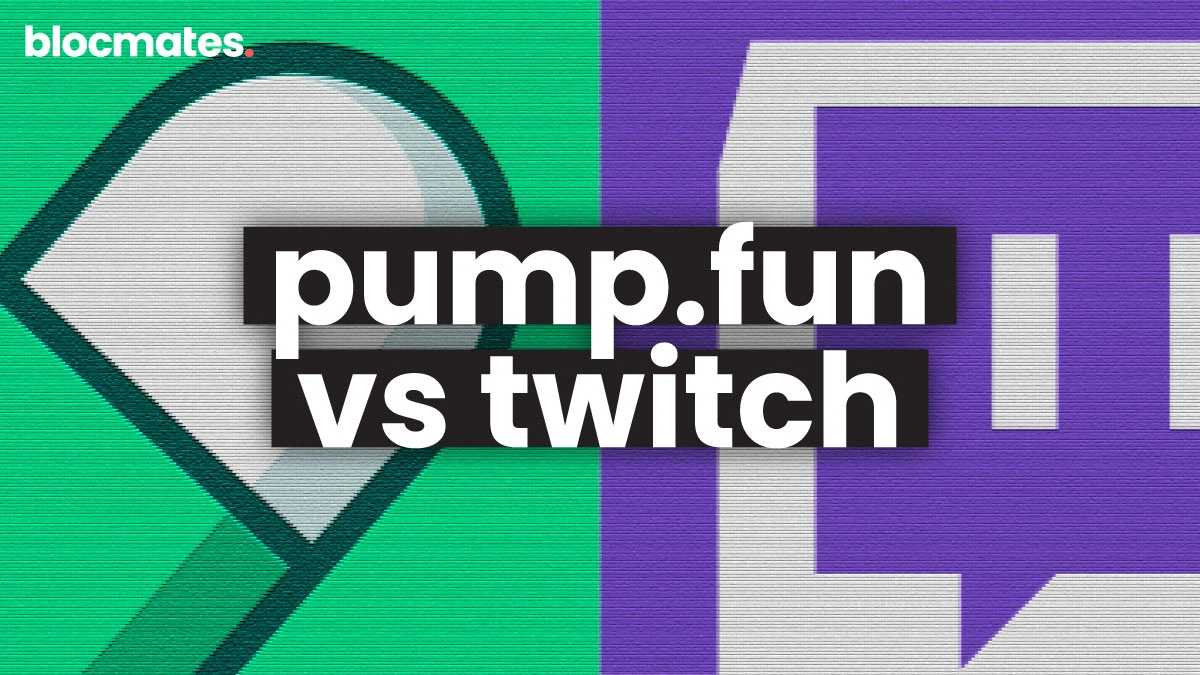

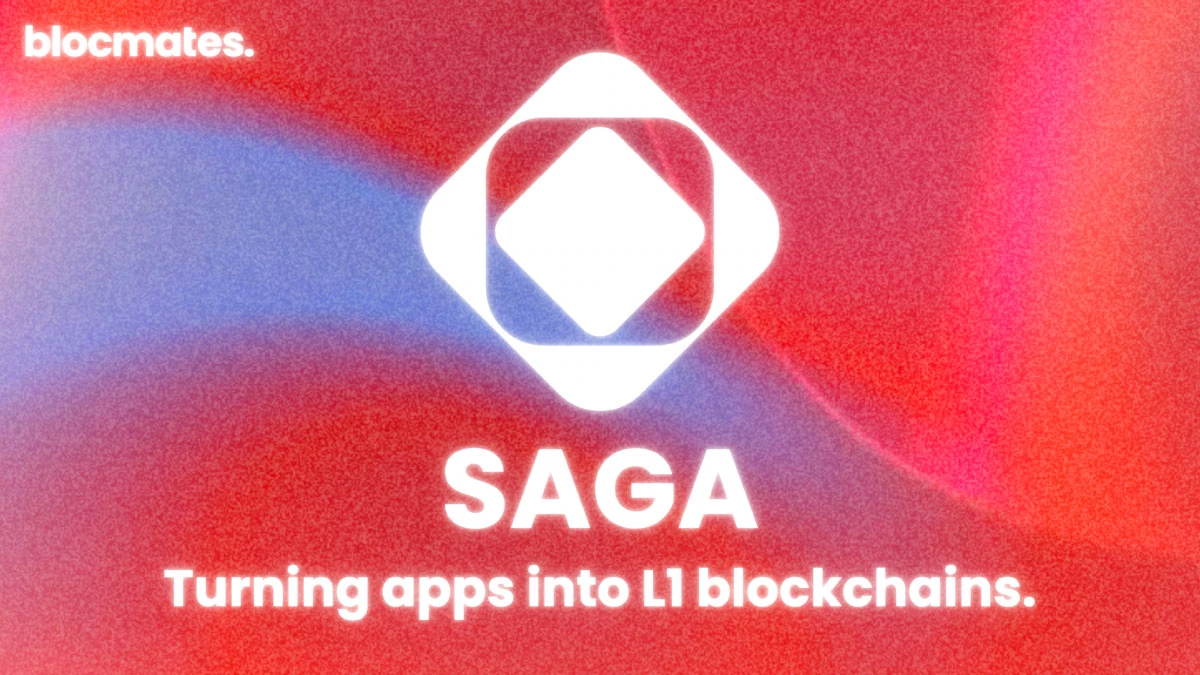

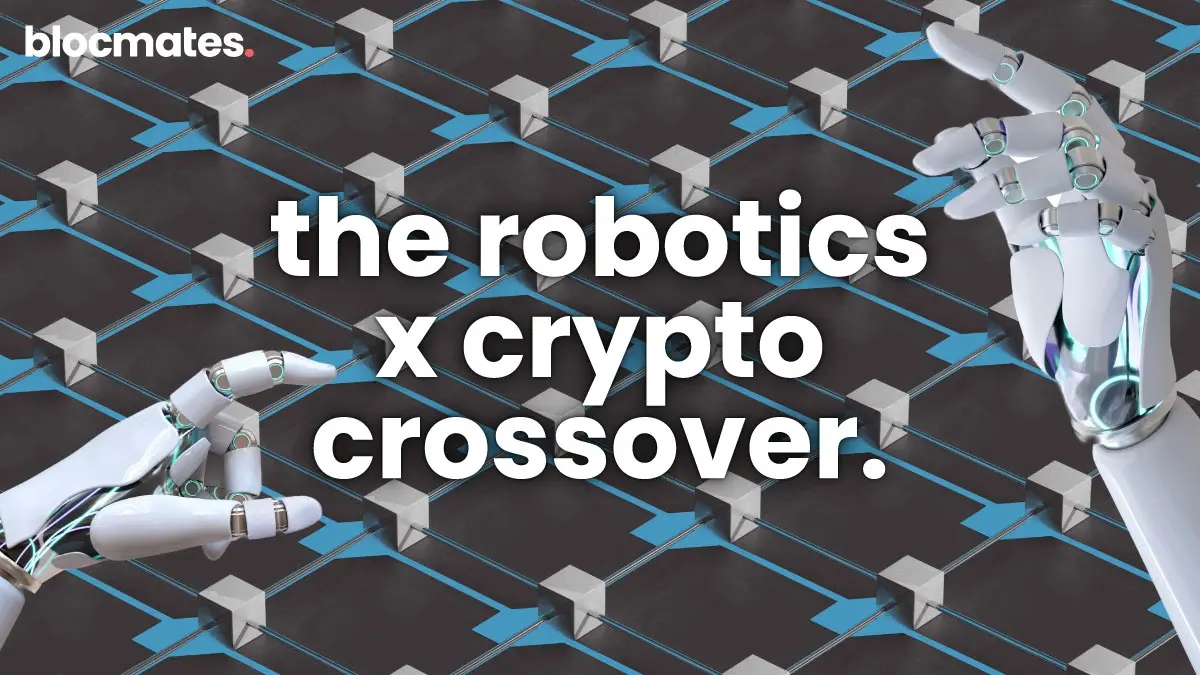
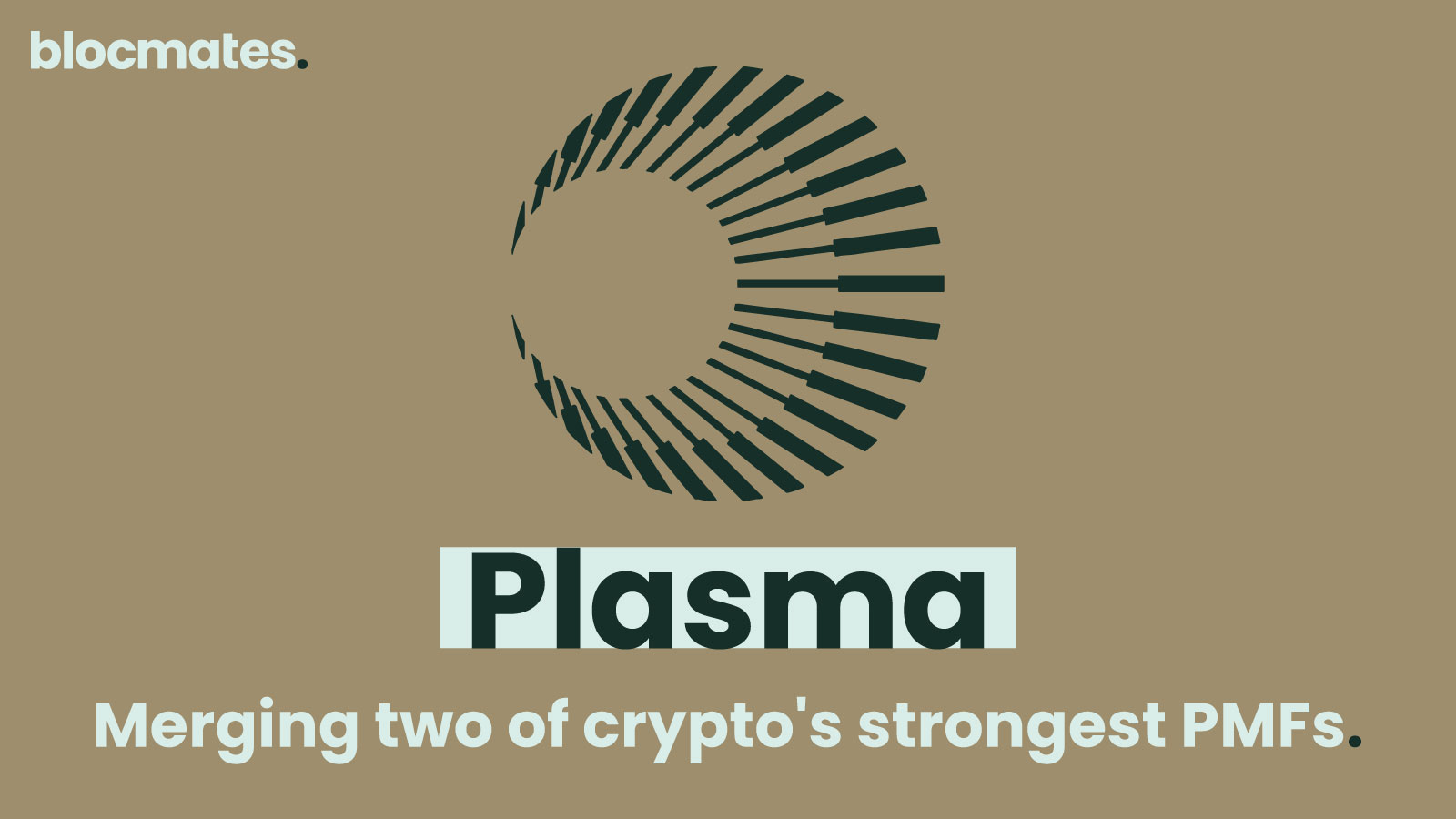

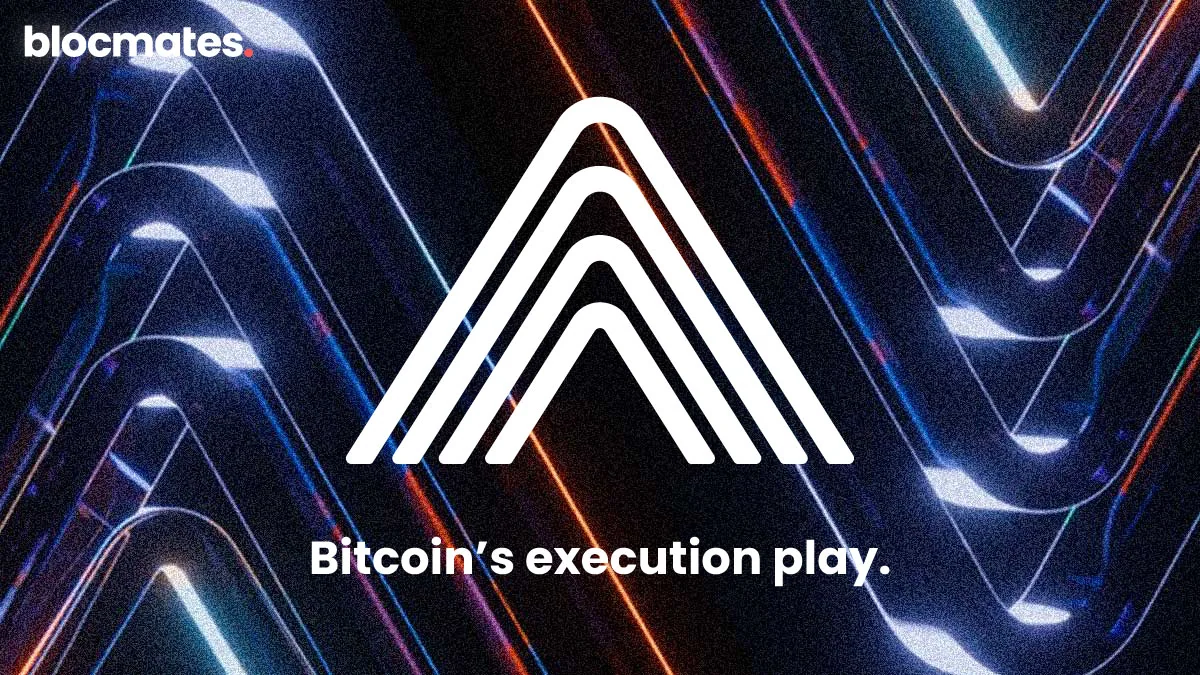
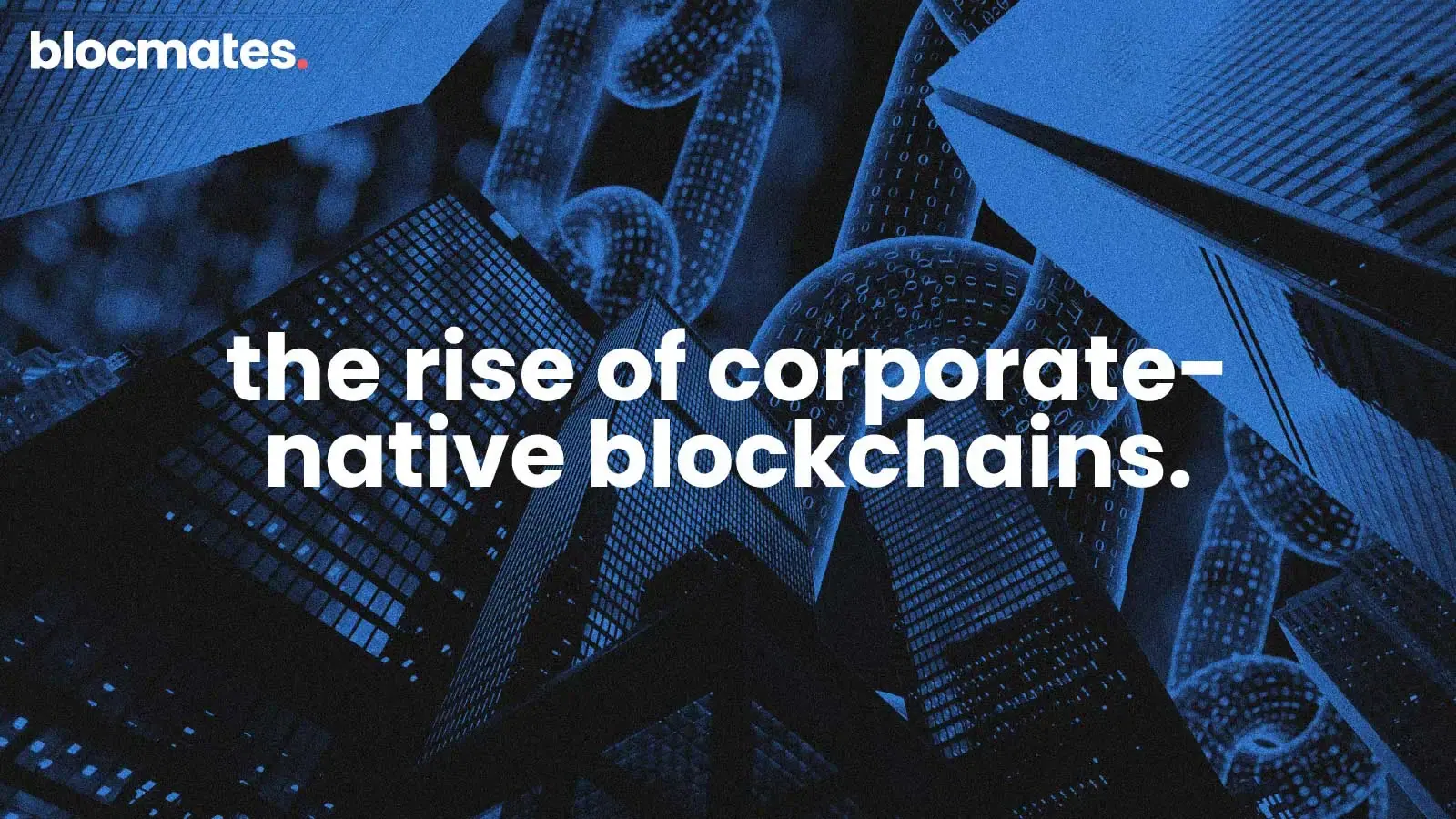
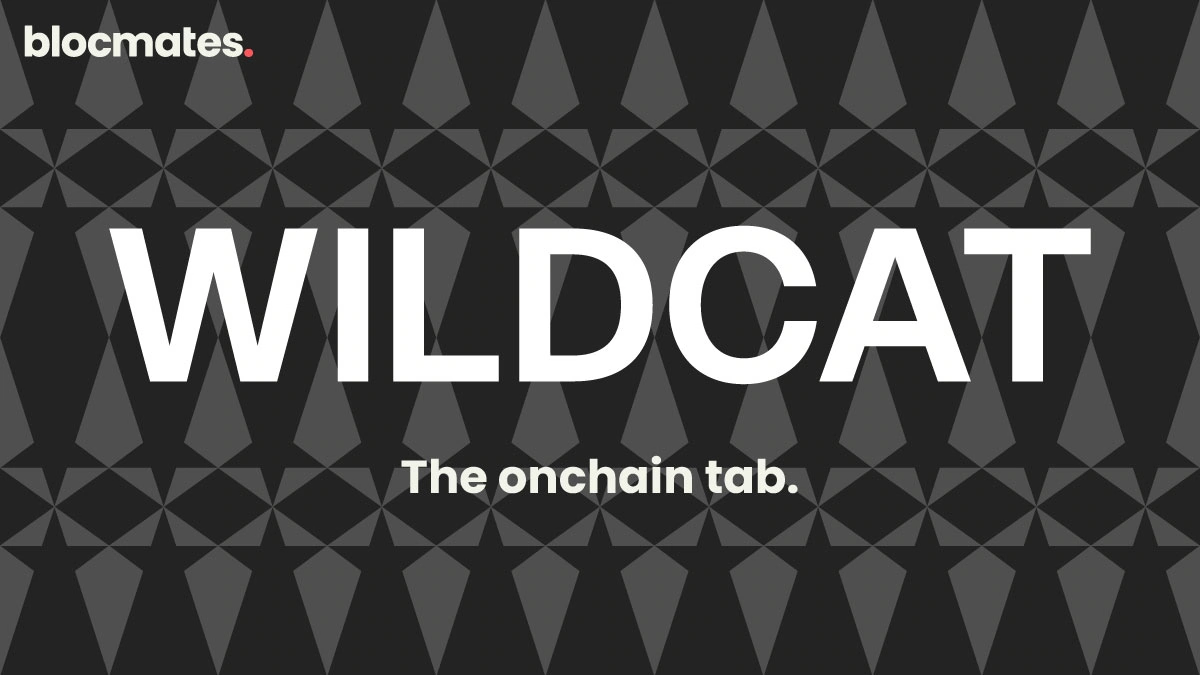
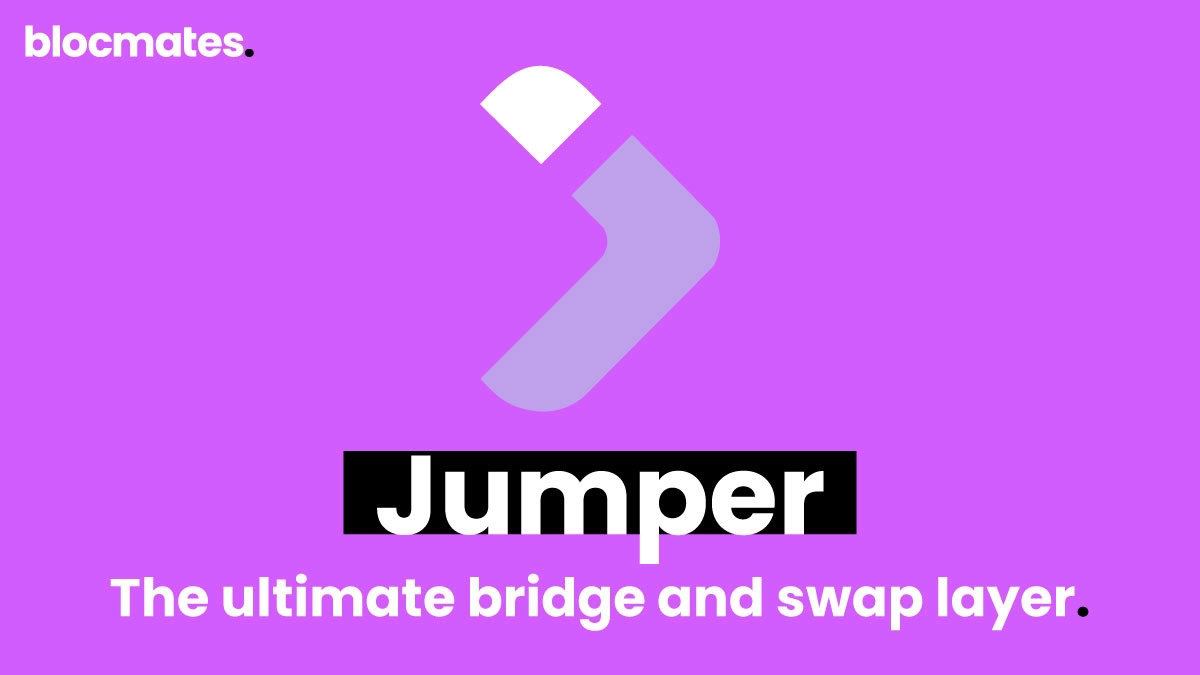
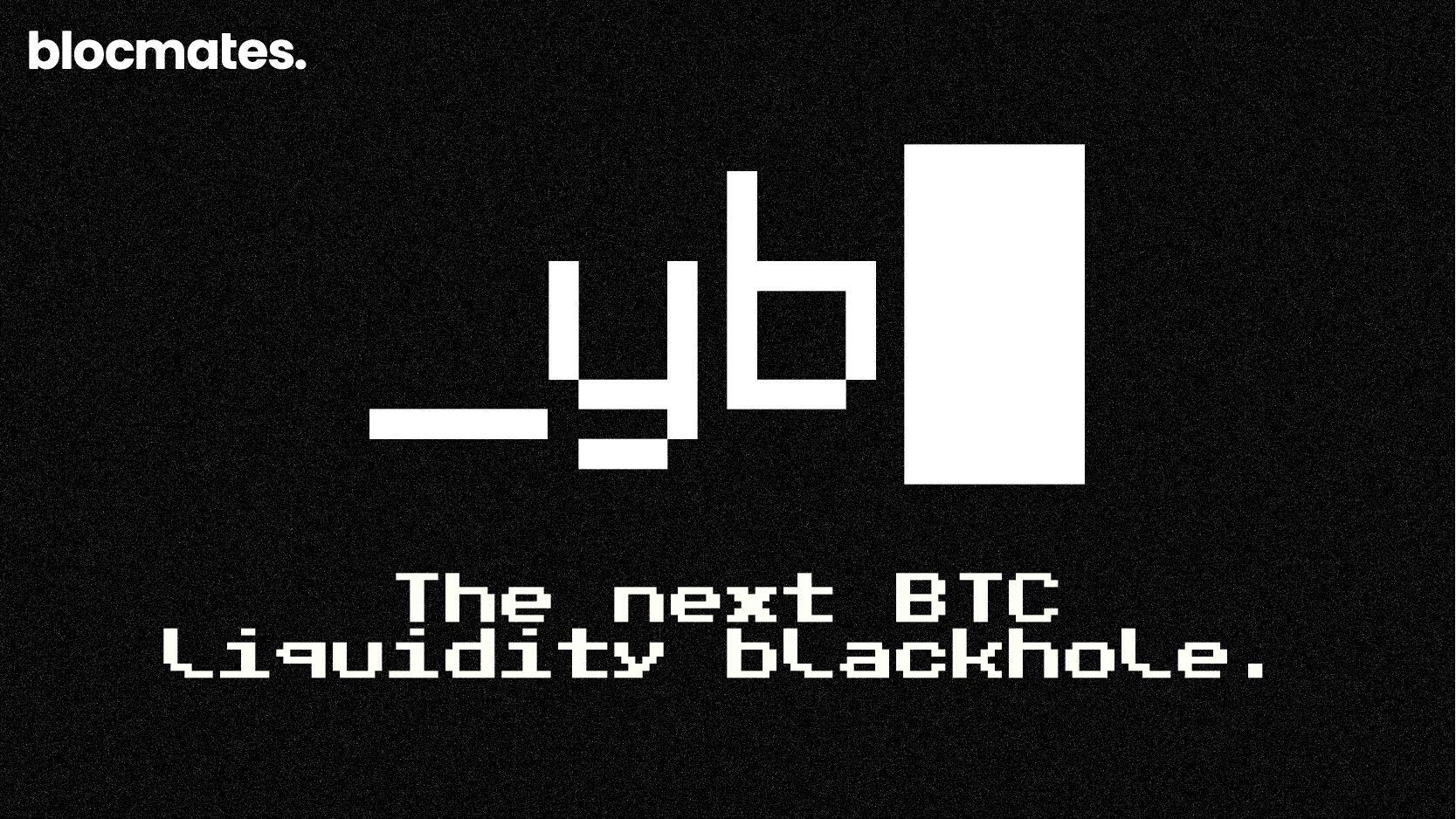
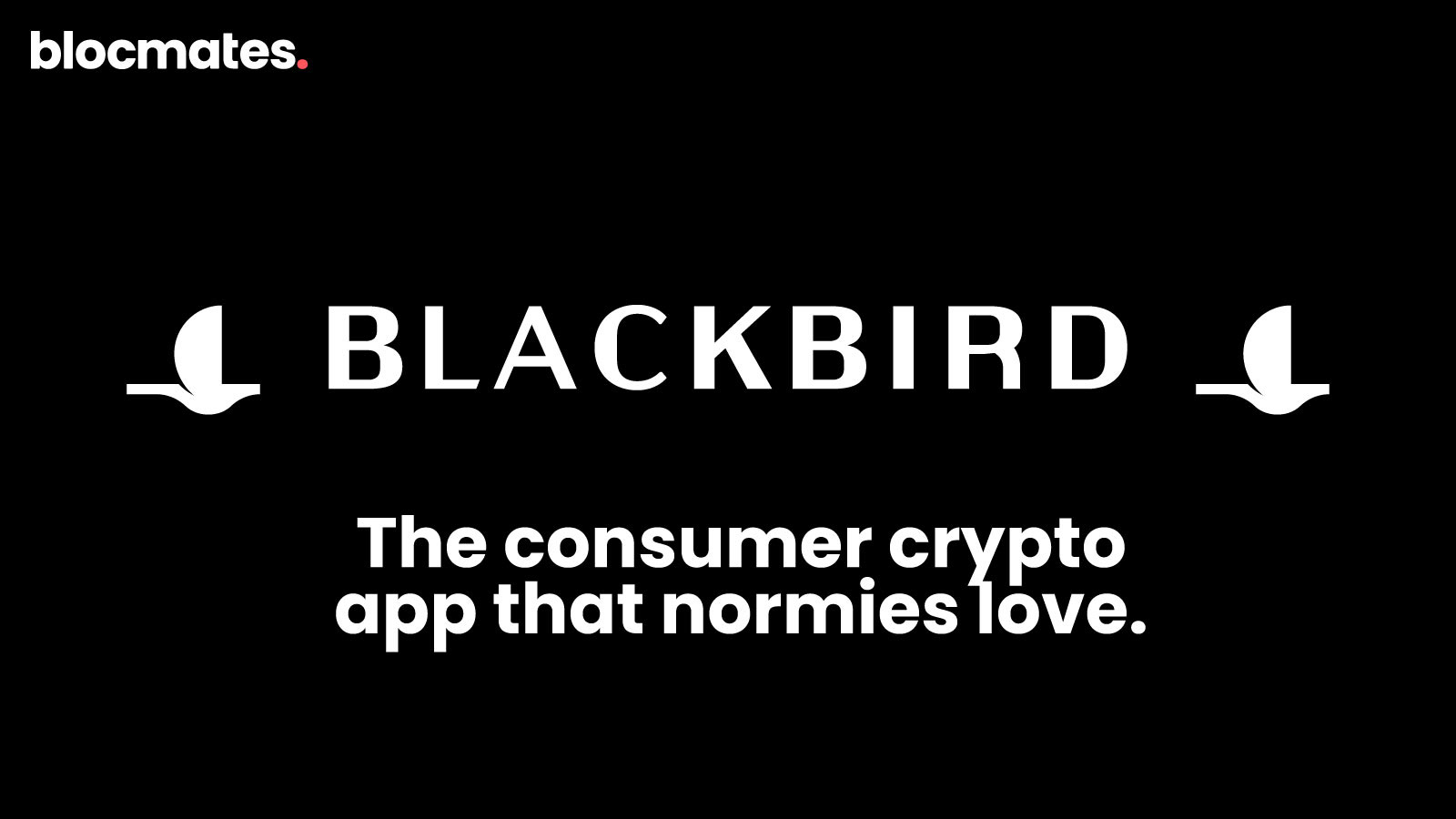
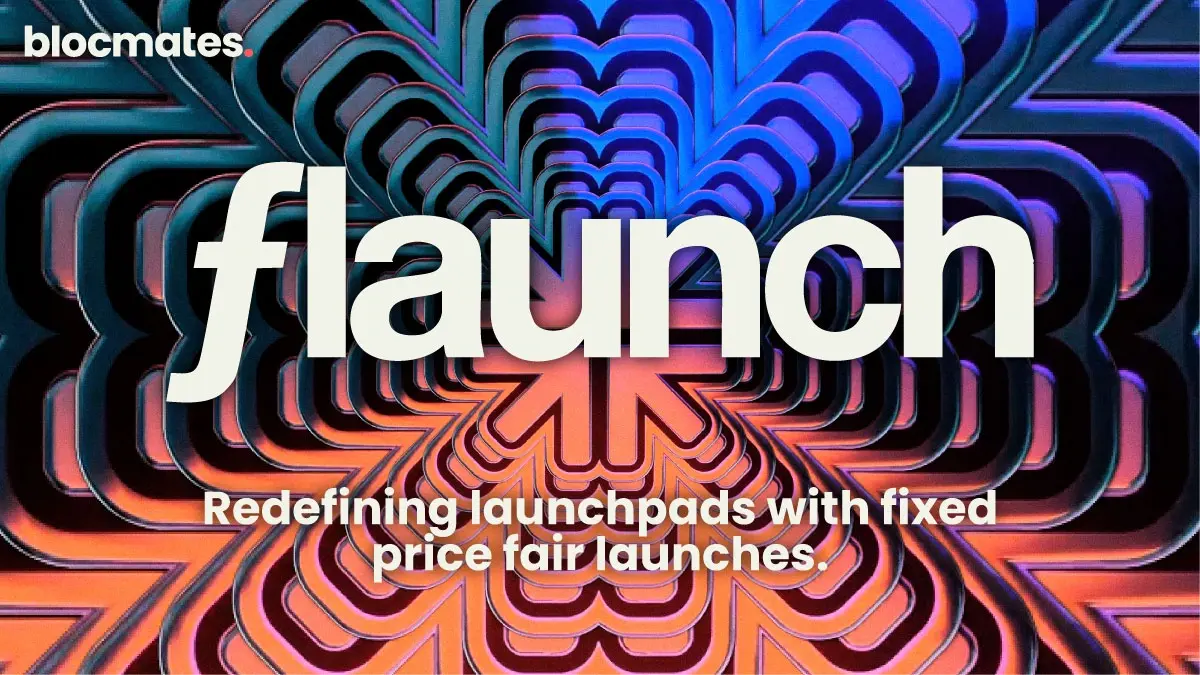

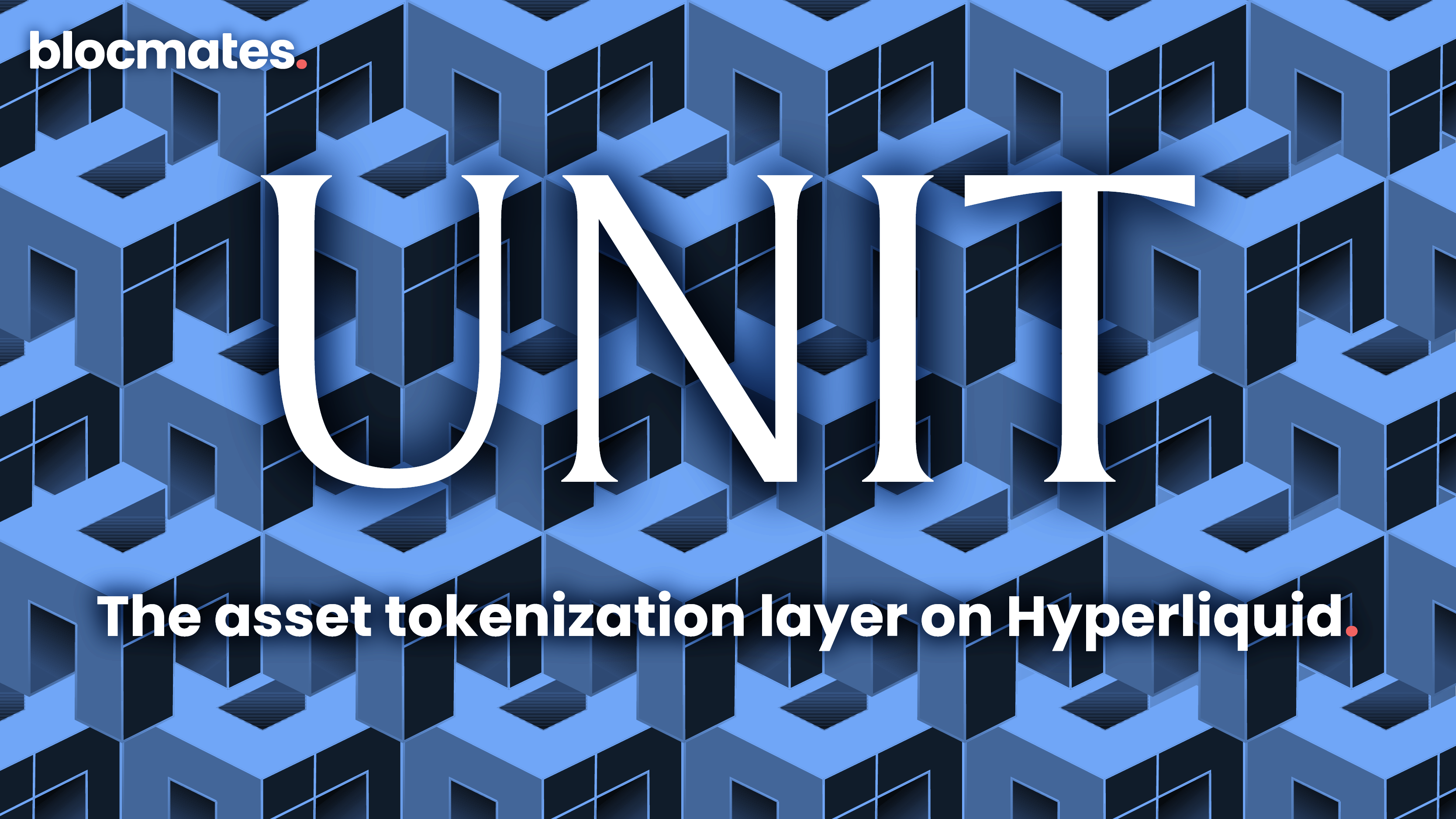



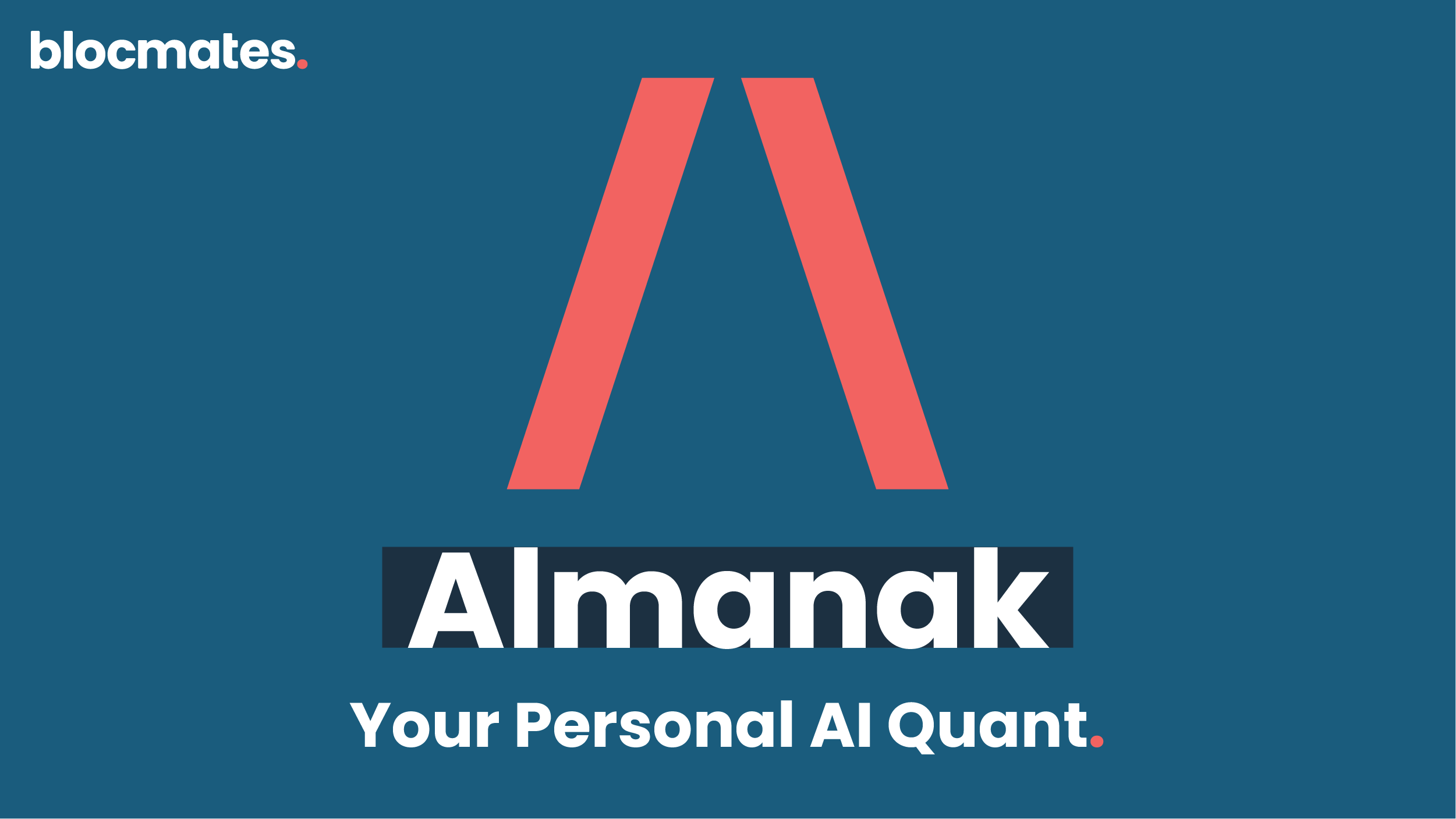
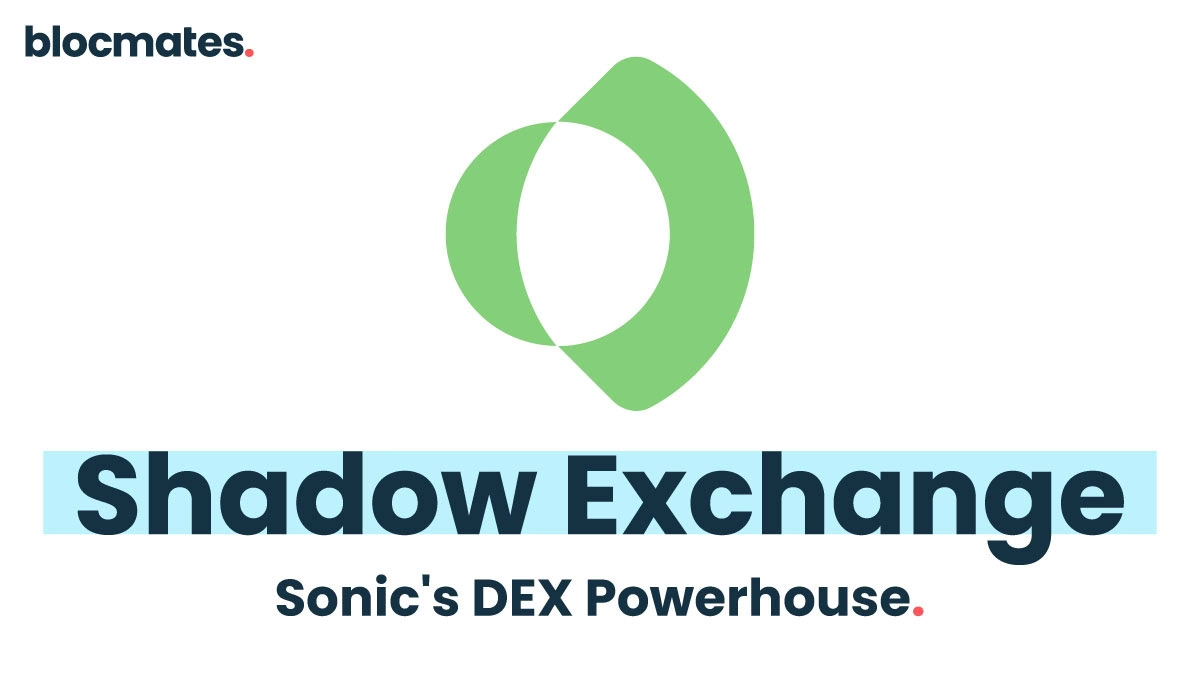


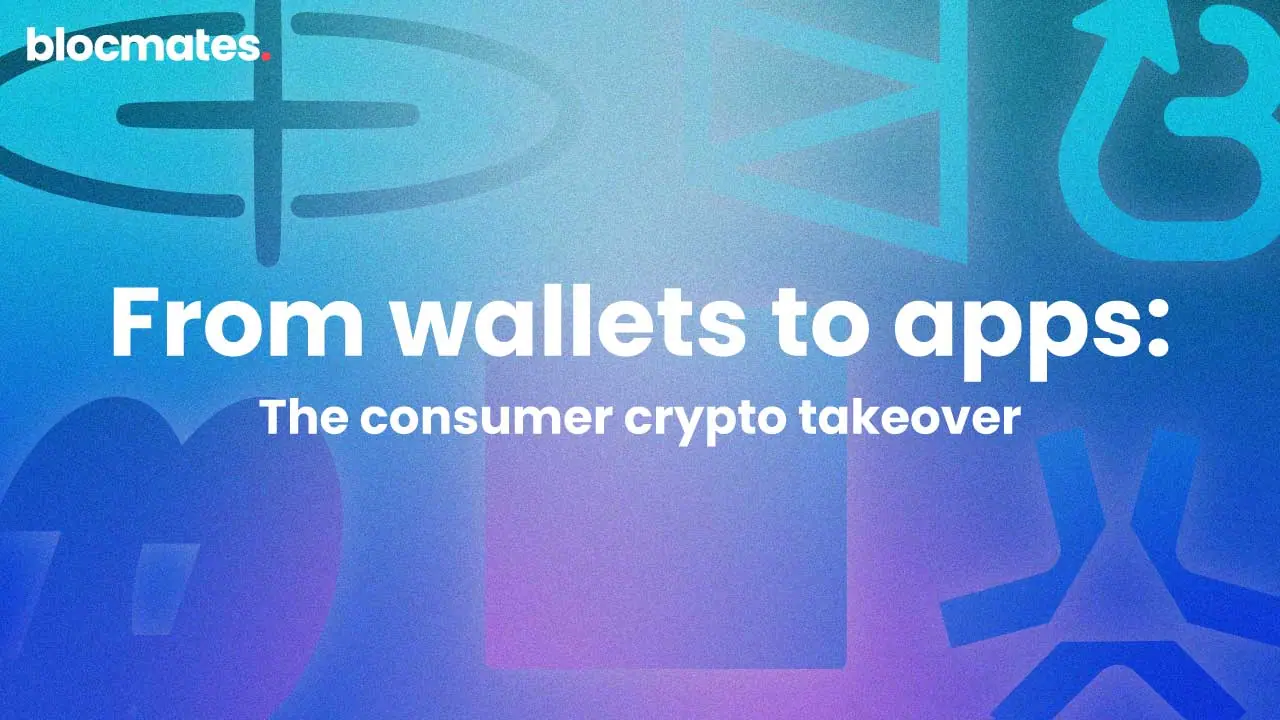



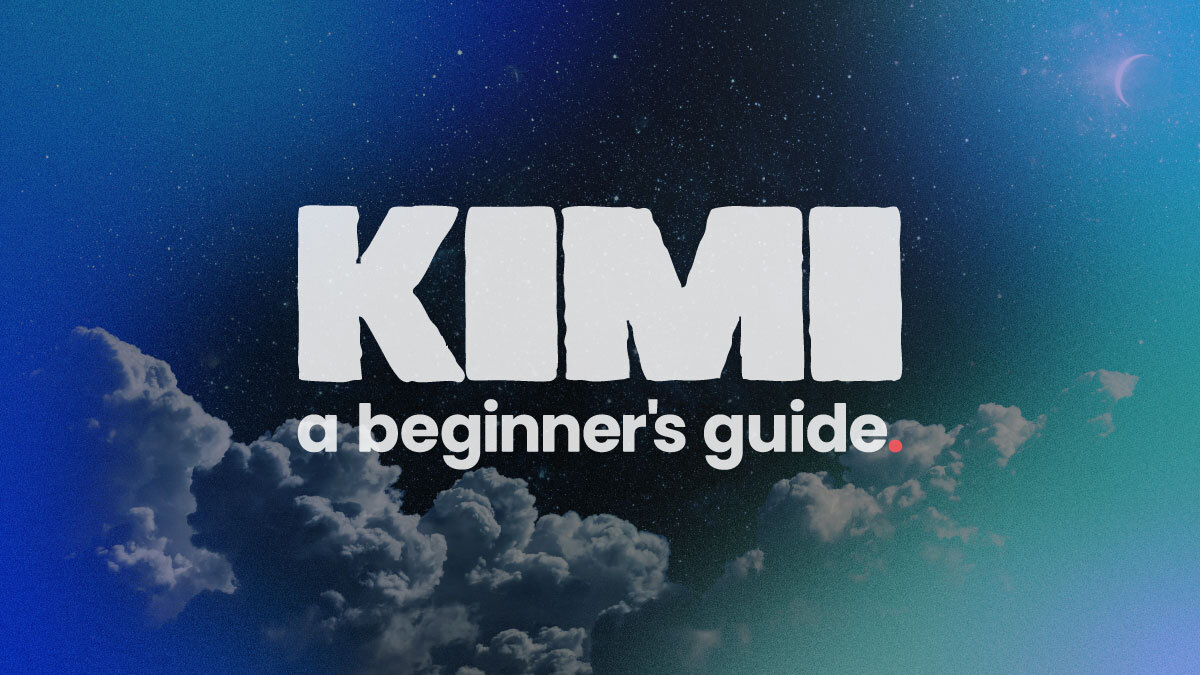
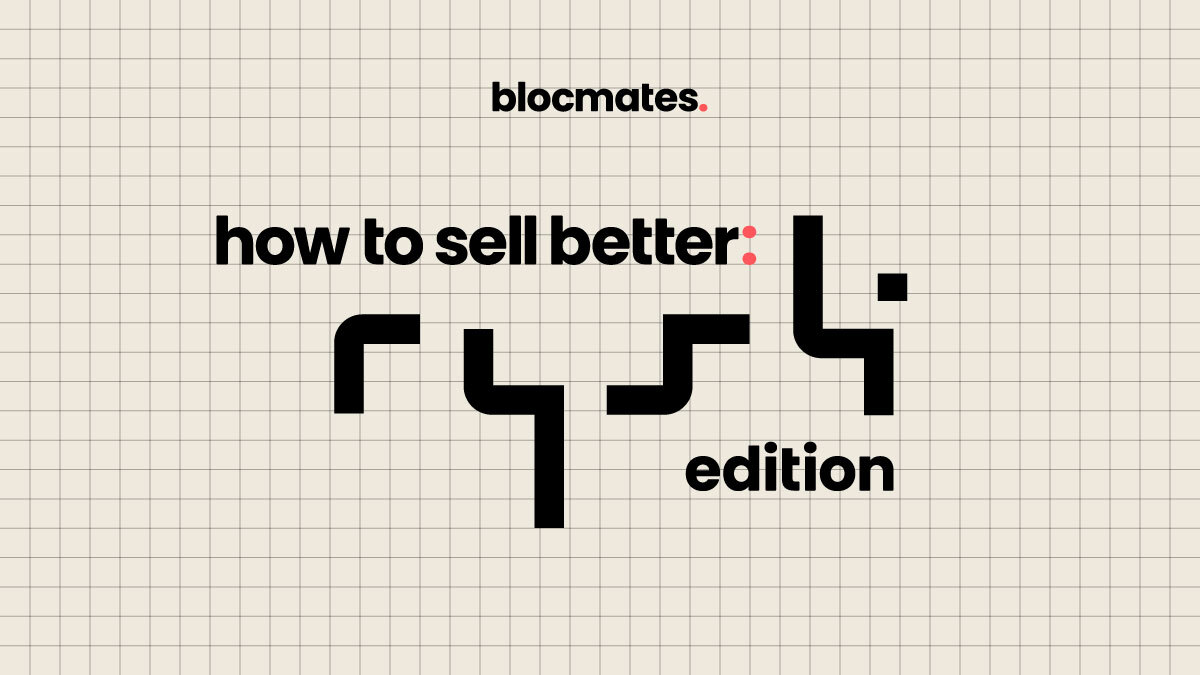
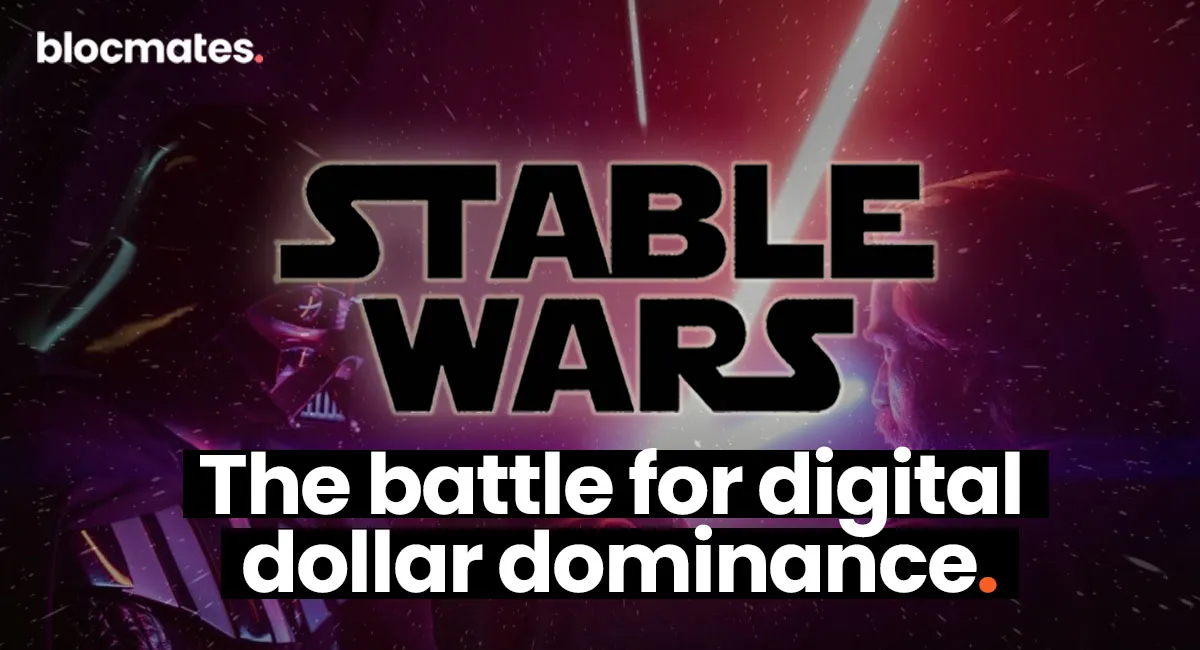

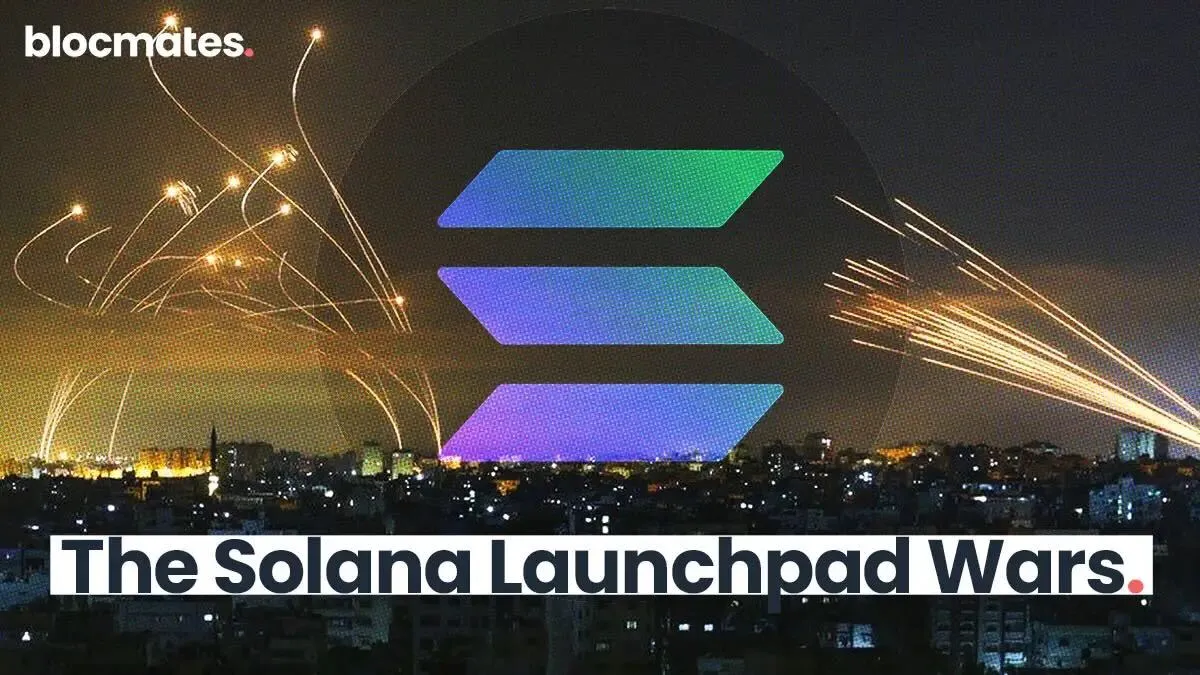




















%202.webp)


.webp)

.webp)
.webp)
.webp)



.webp)

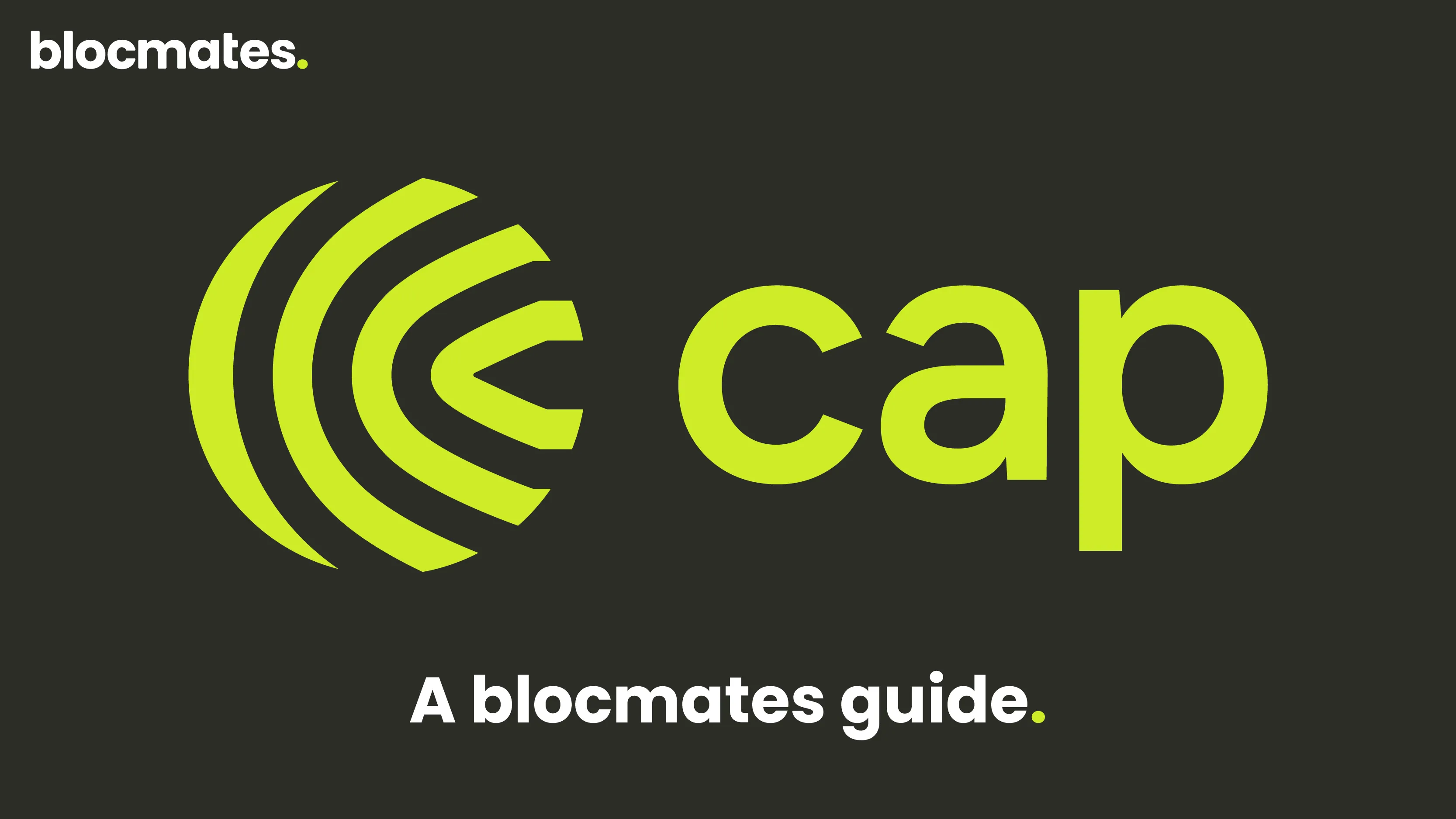










%20the%20Next%20Big%20Unlock%20in%20AI.webp)





.webp)
.webp)

.webp)
.webp)
.webp)


.webp)
.webp)










.webp)


.webp)









.webp)







.webp)
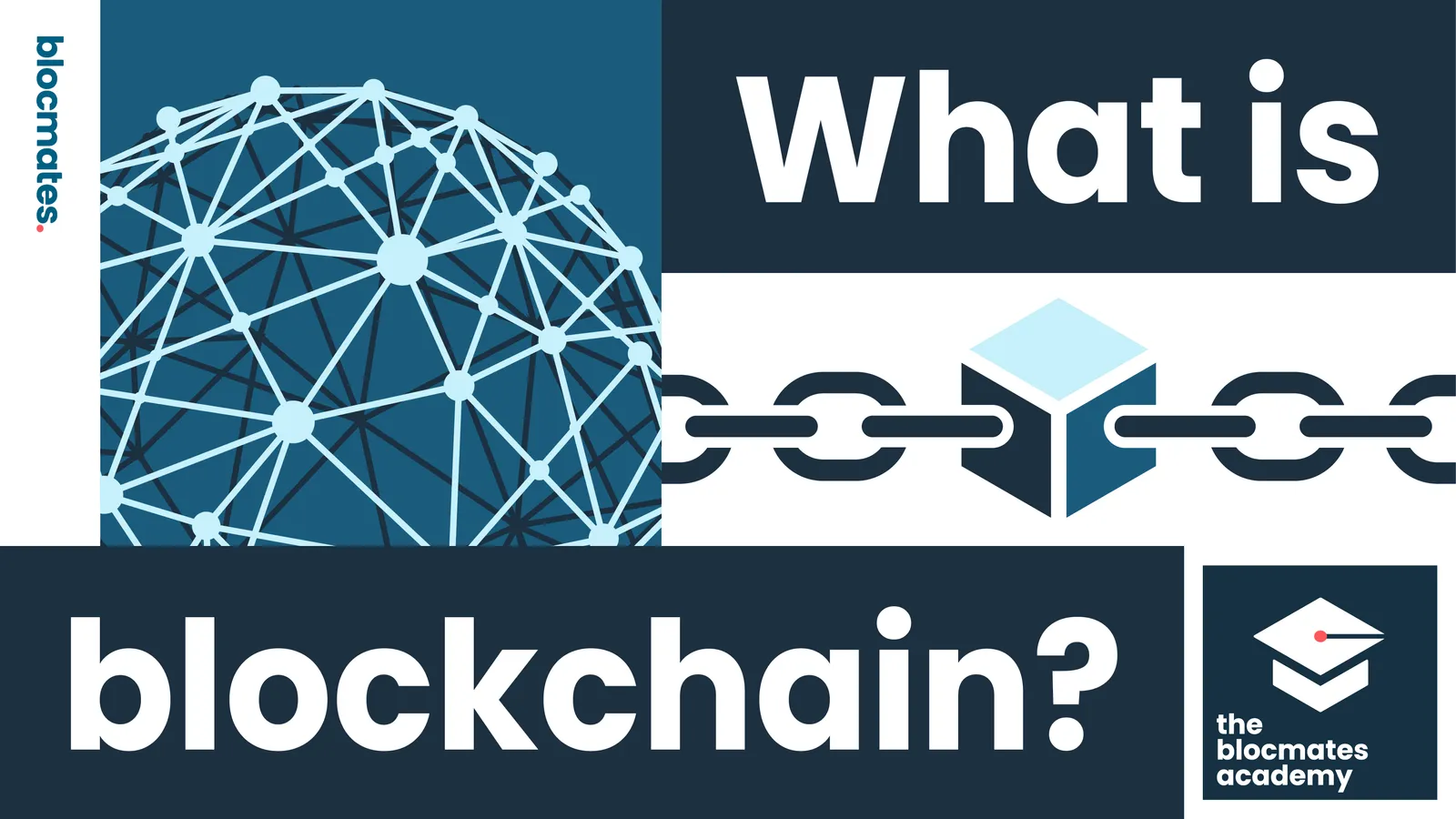



.webp)















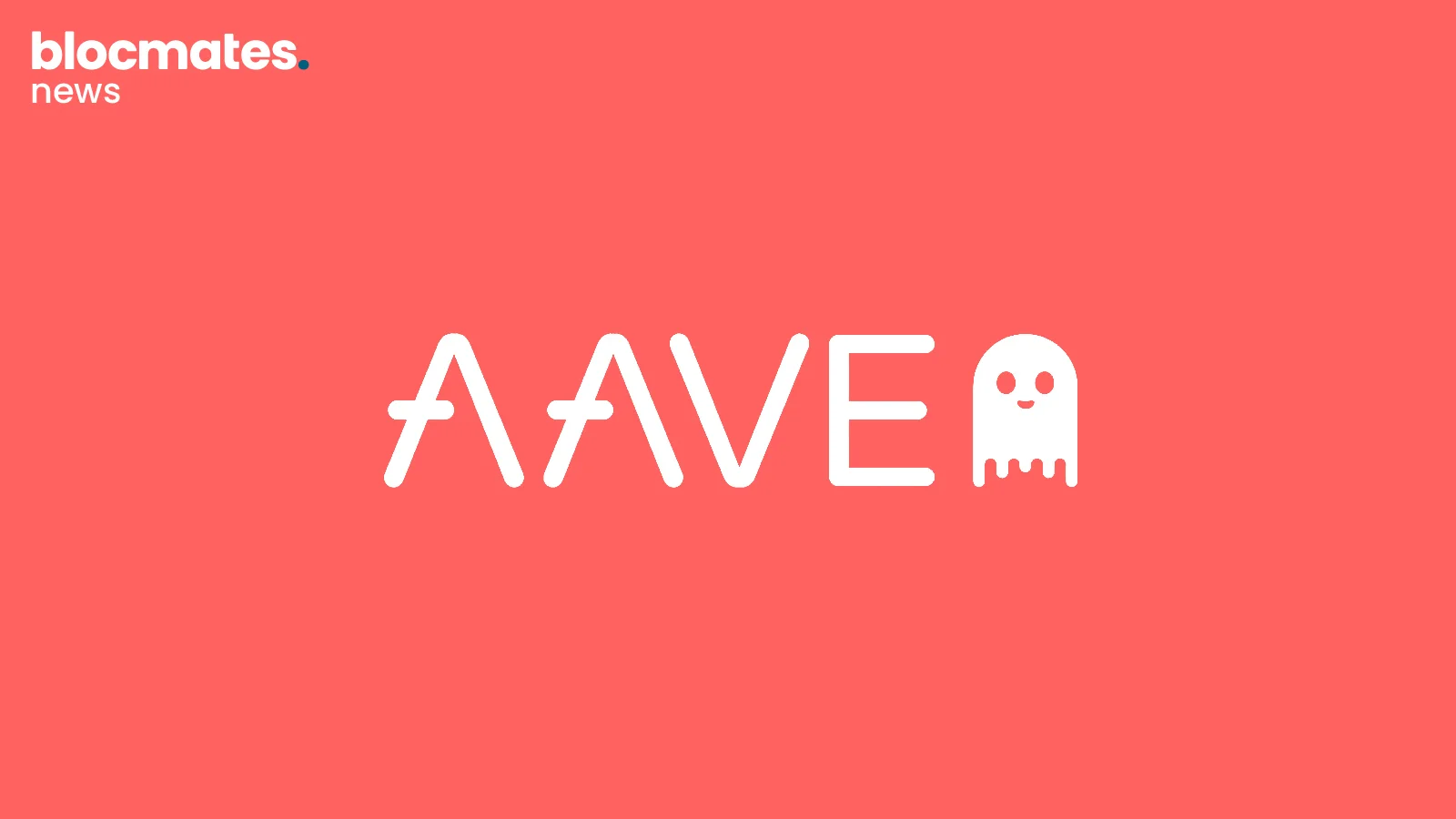









.webp)
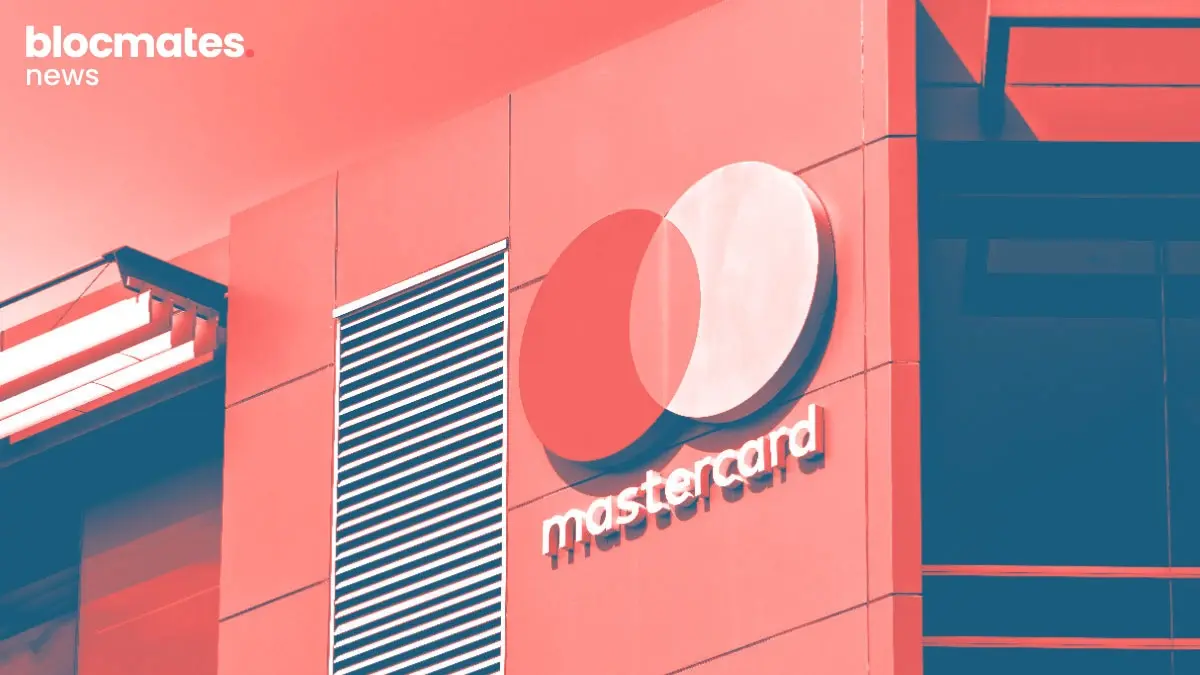






.webp)


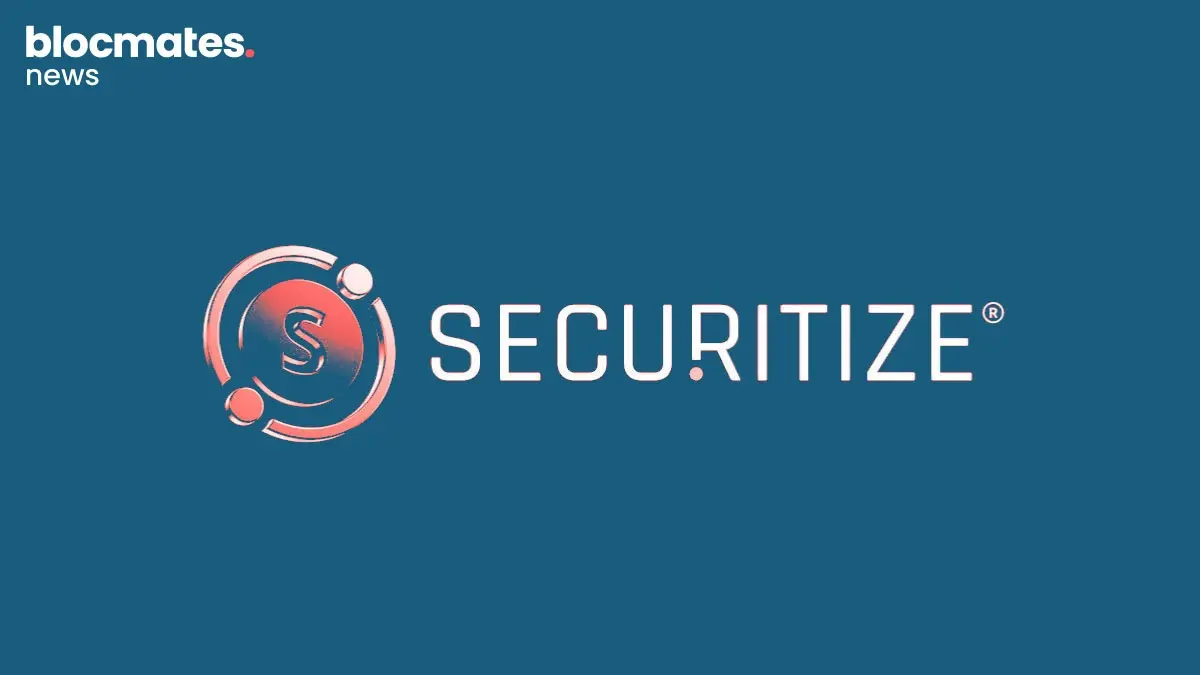

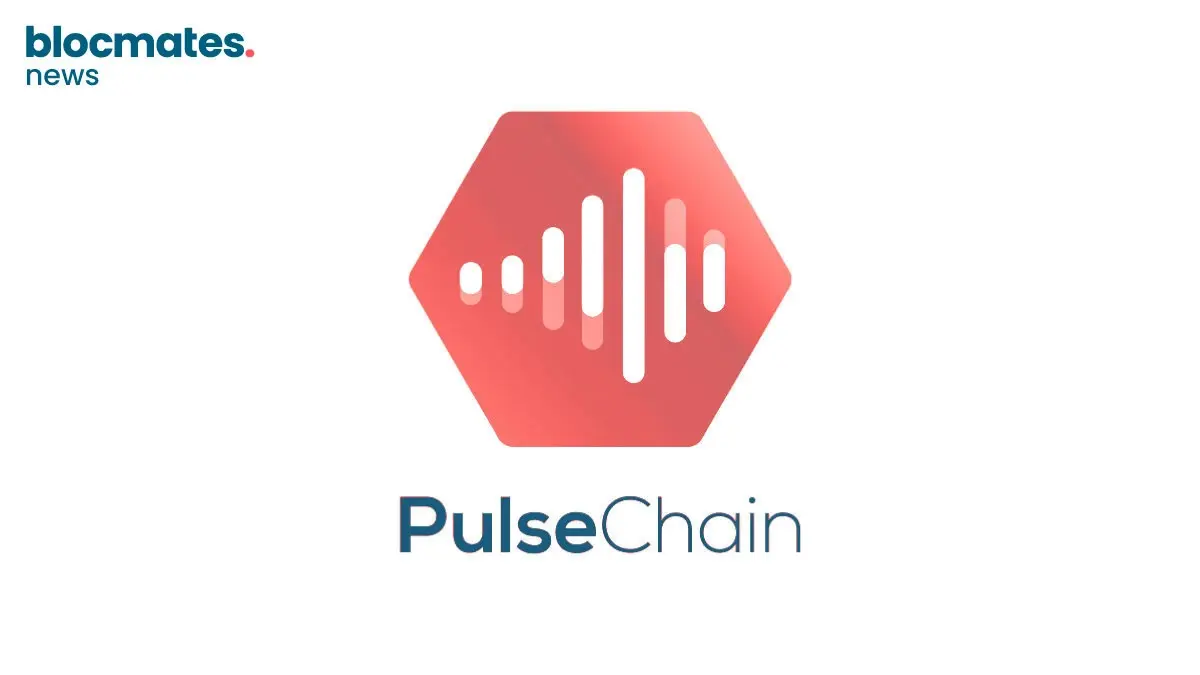

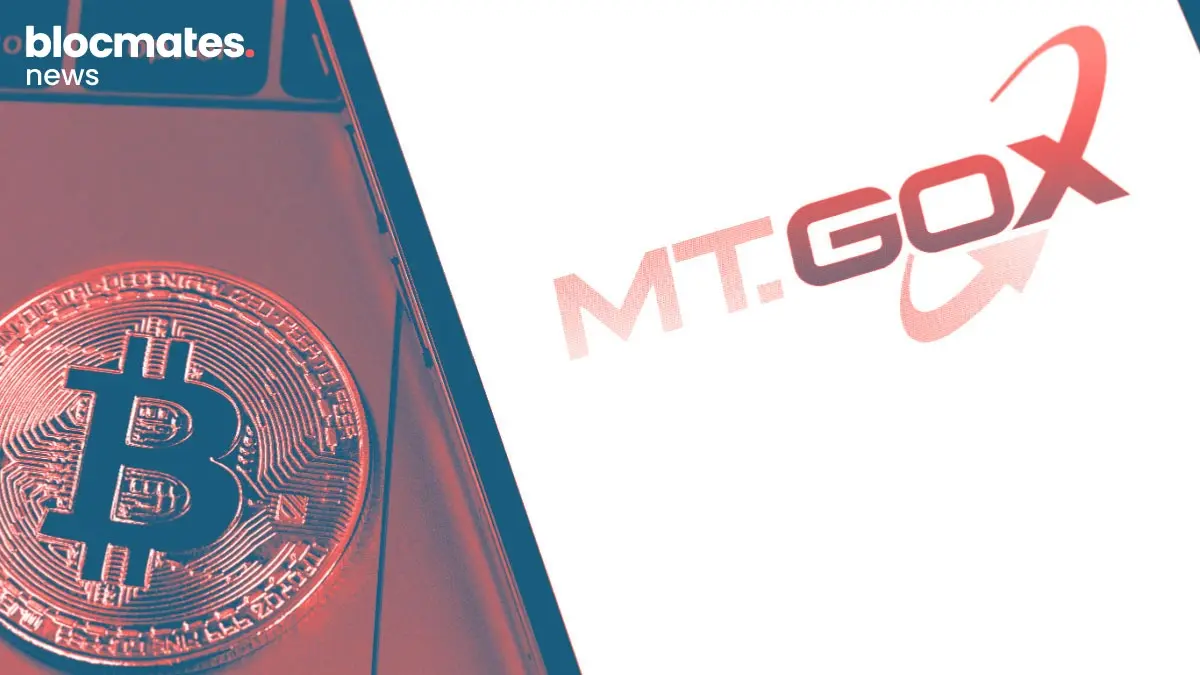




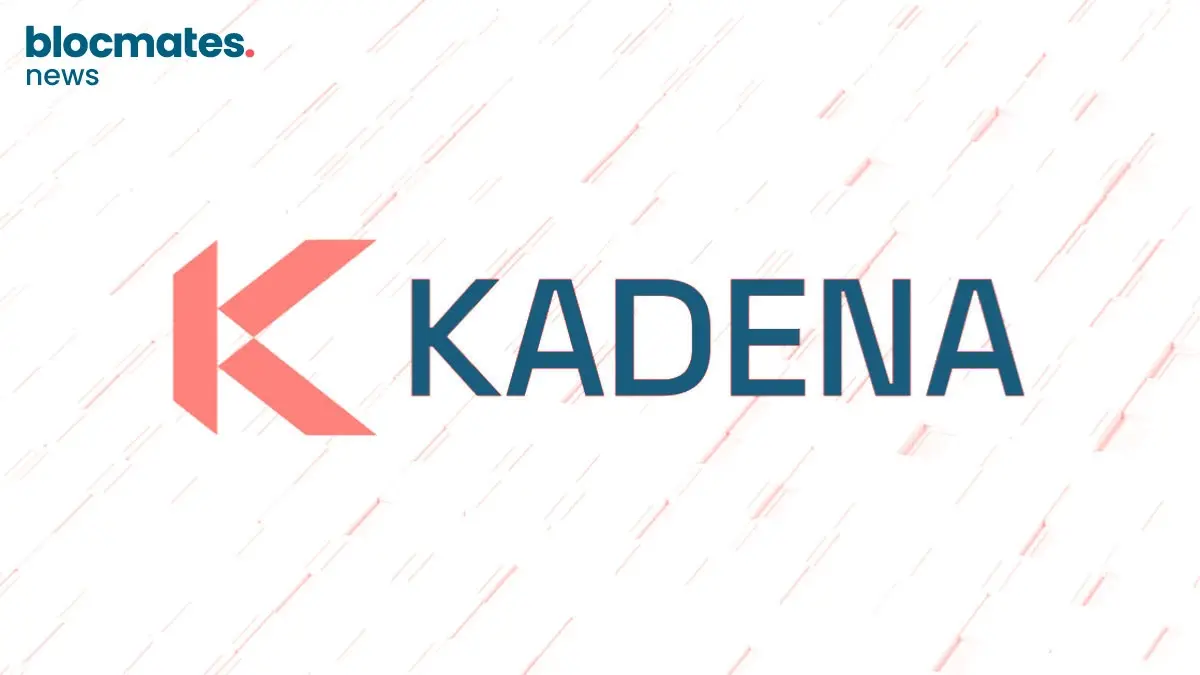

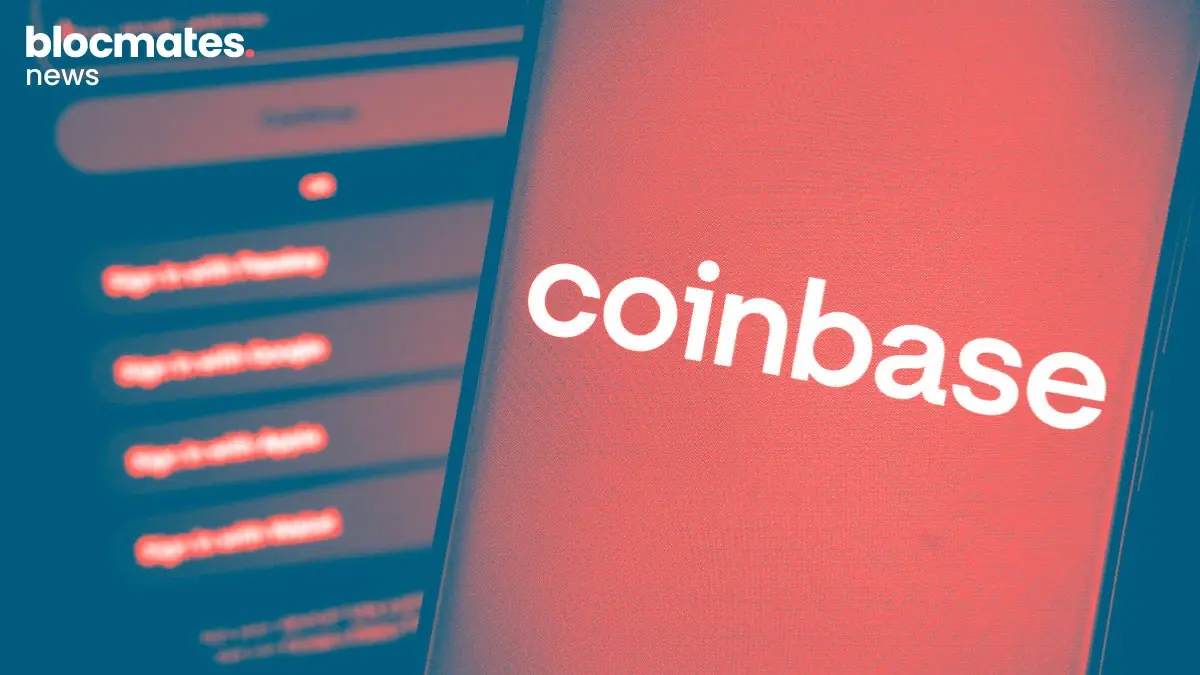
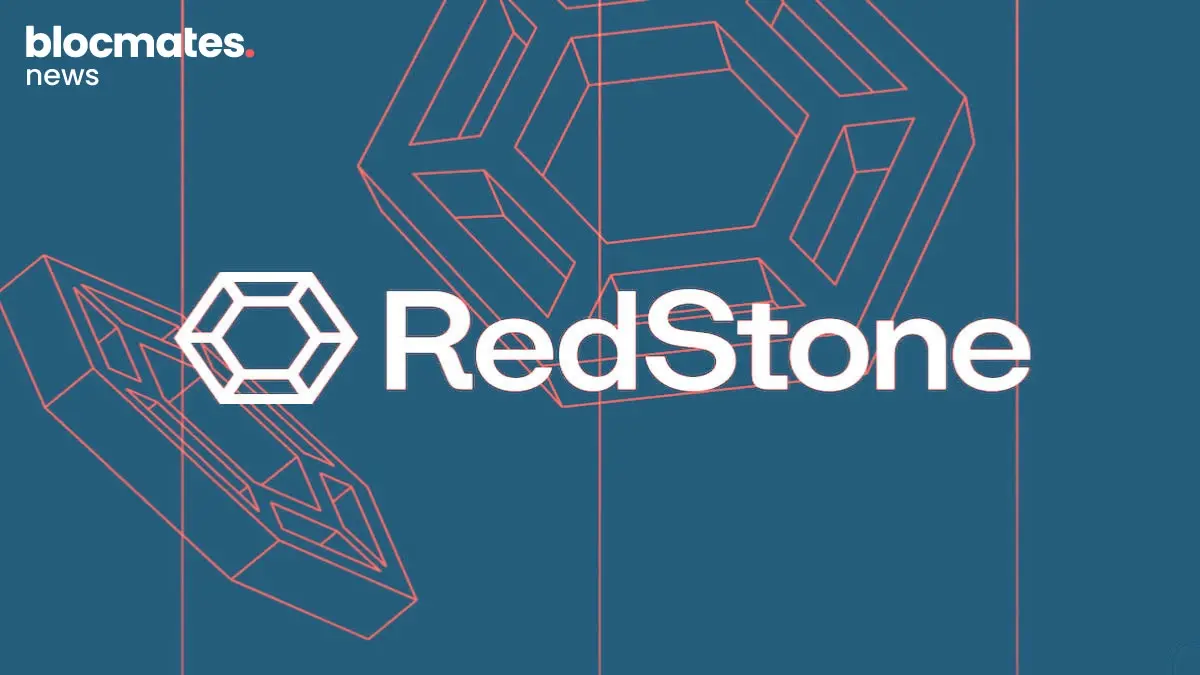
.webp)

.webp)
.webp)

.webp)


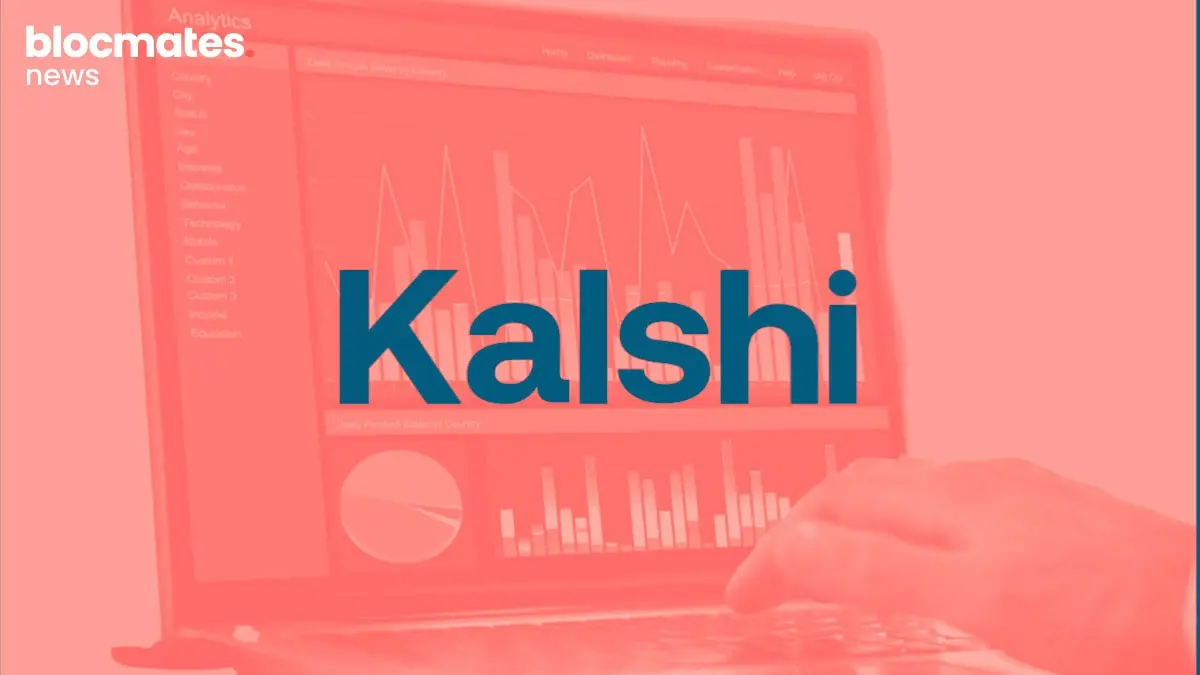
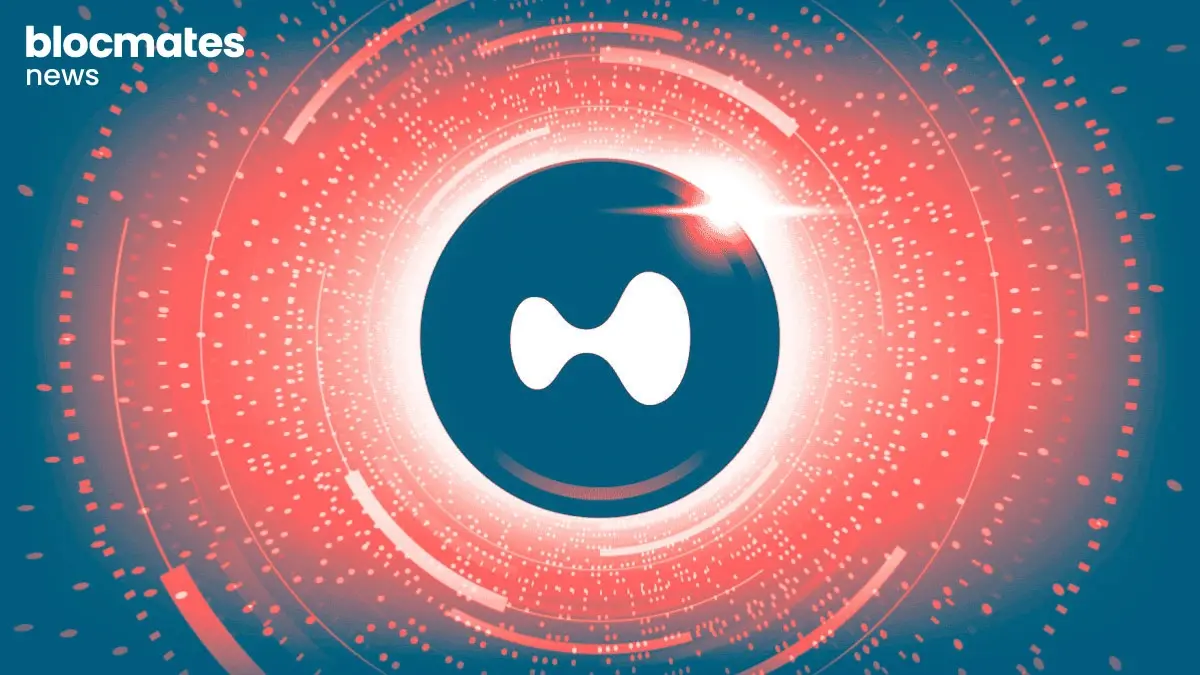




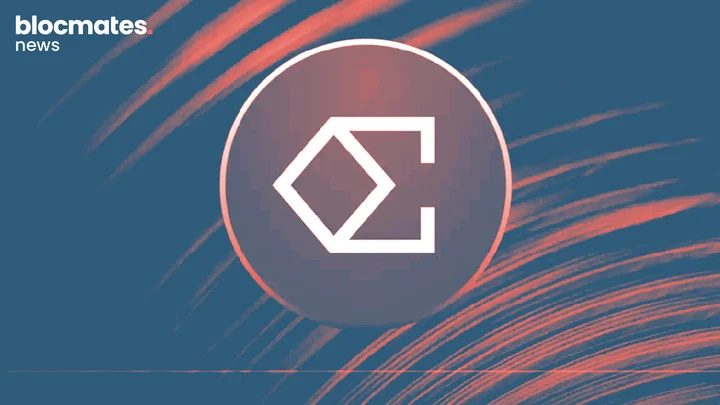


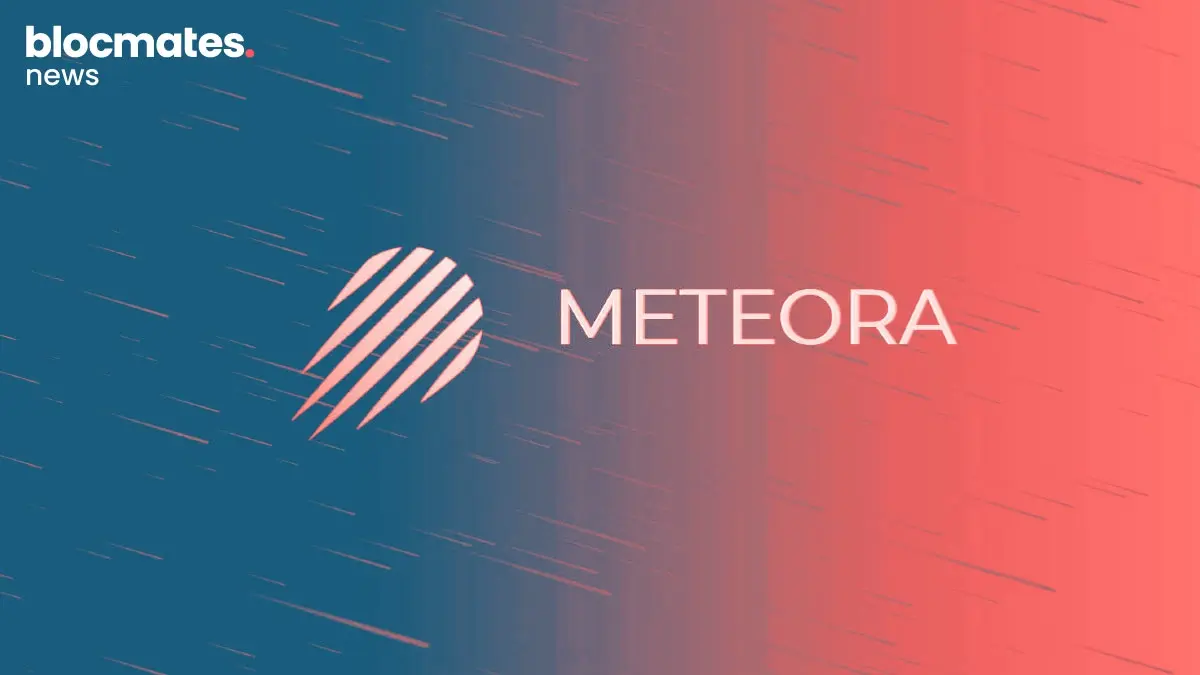


.webp)

.webp)


.webp)



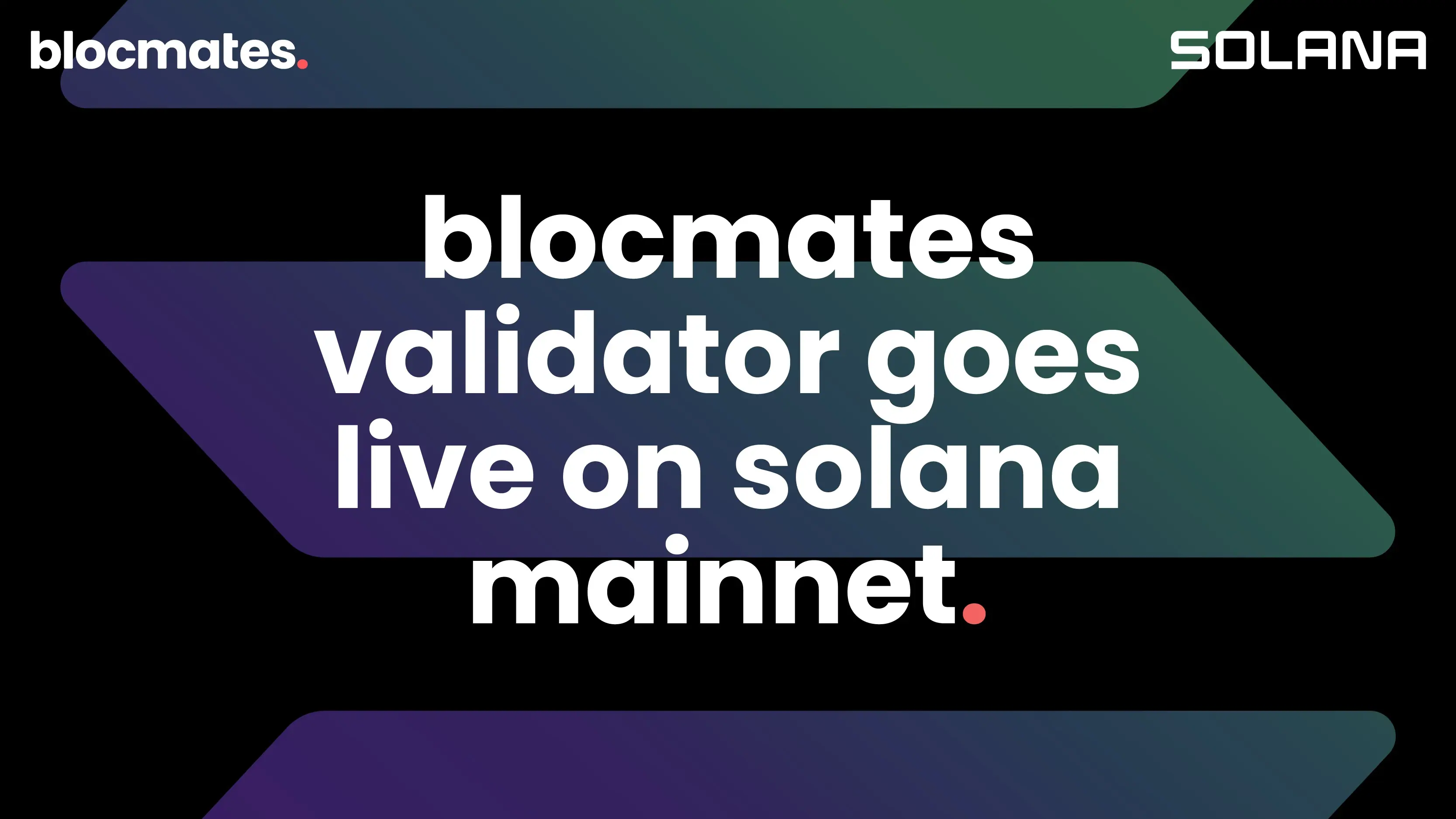
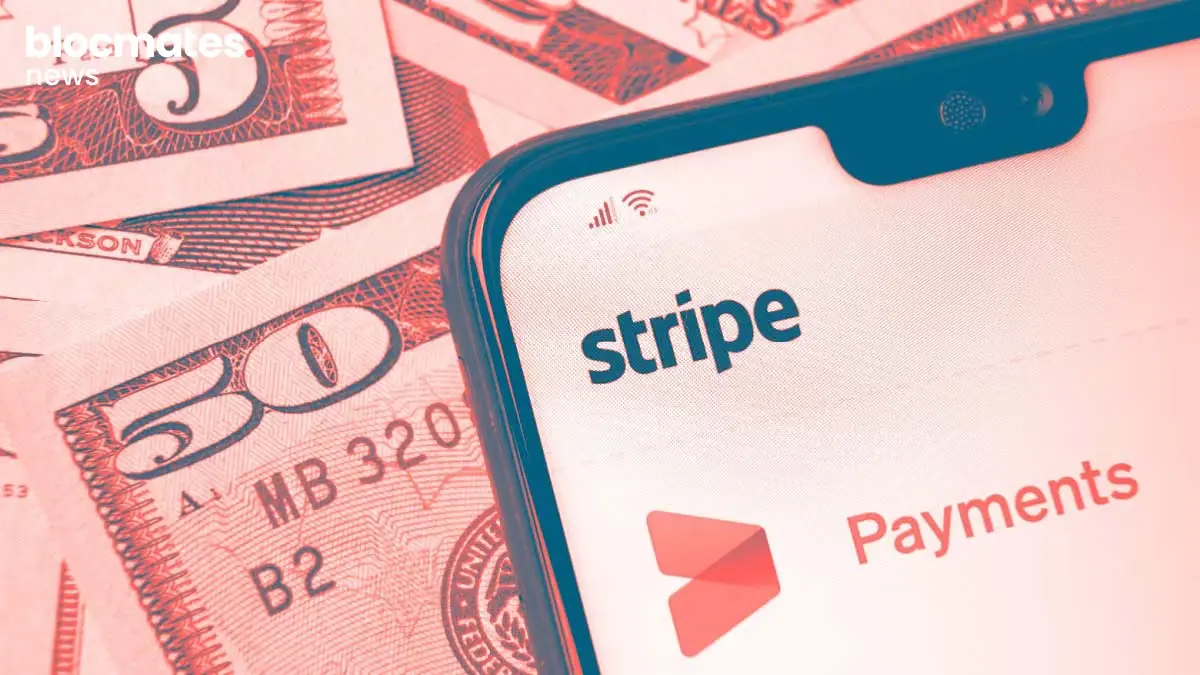



.webp)
